Where on earth is Fauquier BC?
There are two reasons you may have trouble finding Fauquier on a map.
First of all, our community is very small. It has only a little over 200 people. Some would mock and say, ‘Dogs and cats included’. There is a small grocery store, where you can buy all the basic food stuff, drinks, alcoholic beverages included. There they also sell gasoline, diesel and propane for traveling and camping needs. Nearby is the large Fauquier Community Hall, where the people gather for small and large social events, such as dances, dinners, birthday and anniversary parties, weddings and memorial services and much more. In one of the upper rooms, the Fauquier Community Club is holding its monthly meeting. Their mandate is to look after the maintenance of the hall and many community events. Fauquier is too small to afford a municipal government. So our unincorporated village depends very much on the financial support from the Regional District. In the former Fauquier Elementary School, where I had been teaching for almost a quarter of a century, we find the Fauquier Communication Center, which houses the communication equipment for wireless Internet service and the library. Here also take place Yoga classes, preschool activities, crib games and many other worthwhile events, too numerous to mention. There is a small Catholic church that looks after the spiritual needs in the village. Overlooking the breathtaking scenery of the Arrow Lake is the Fauquier and District Golf course, that is very popular among travelers and local people alike, because of its beauty and uncrowded conditions.
Secondly, we live in a relatively remote area. A two hours’ drive will take you to Vernon, the nearest city to the West on Highway 6. To get there, you first have to take the free ferry, which crosses the Lower Arrow Lake every 30 minutes. Then you travel on a winding mountain road up to the Monashee Pass at abt. 1200 m overcoming an altitude change of more than 700 m. If you are not in a hurry, you can stop and take a break at a picnic area close to a mountain lake. Going in the opposite direction you again follow Highway 6, until you reach Nakusp famous for its hot springs, a beautiful walkway along the Arrow Lake, and its many quaint stores and restaurants. Going north from this town you need to cross the lake at Galena Bay by enjoying a 30 minute ferry ride. Eventually you will arrive in Revelstoke on the Trans Canada Highway, which will take you passing through the spectacular Rocky Mountains some 600 km east all the way to Calgary, Alberta. If you should decide going west instead, you would eventually reach Vancouver, the world-famous city on the West Coast.
A Wealth of Information on Fauquier, BC
At the Arrow Lakes Historical Society in Nakusp
The purpose was to find out what resources would be available for the menu item ‘Our Community’ on this blog. Two things impressed me very much: the friendly and helpful staff, Rosemarie Parent and Kyle Kush, and an abundance of material for my research on Fauquier. There is very little information on the Internet. Wikipedia has less than half a dozen lines on our community with a brief reference to its namesake Frederick George Fauquier.
Kyle like the week before located all the relevant binders on the shelves of the of the archival section and laid them out on the table for me to look through. One binder that contained newspaper clippings on the present and former residents of Fauquier caught my immediate attention. Kyle opened the Klopp files for me. Apart from a reward ceremony, in which I had been honored for 20 years of service for the Arrow Lakes School District, I discovered the newspaper article on our son Richard winning a $1500 scholarship for outstanding academic achievement at Nakusp High School in 1987.
This discovery really fired me up to take a closer look. From that moment on I copied many pages using my digital camera. And while I was doing it, I caught glimpses of a legacy of so many remarkable people that had helped shape Fauquier during the past 100 years or so. Armed with all this information, I will endeavor on my next post to explain why our little community has such a strange French name that outsiders have trouble pronouncing it properly.
Sternwheelers Linking Fauquier to the World
Some History Notes on the Lifeline of the Fruit Trade
Photo Credits: Arrow Lakes Historical Society, Text from A. Devlin’s Personal Archive
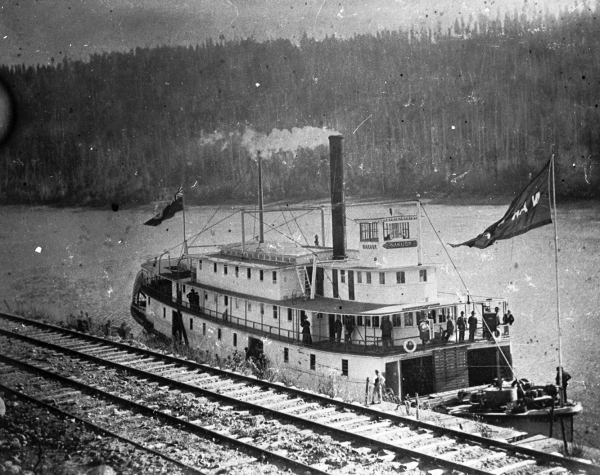 1895 – SS Nakusp – first steamship built in Nakusp – here docked at East Robson on the Columbia River 1898
1895 – SS Nakusp – first steamship built in Nakusp – here docked at East Robson on the Columbia River 1898
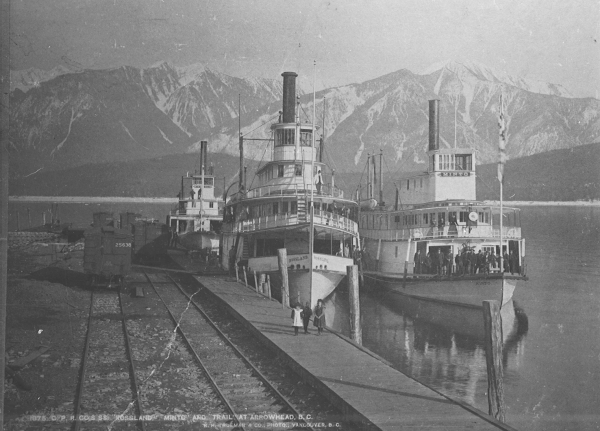 1896 – SS Trail built in Nakusp, used to haul freight and to push a barge from Revelstoke to Trail. The barge carried coal for the smelter in Trail, then she hauled ore from the smelter to Northport. Here she is docked behind the Rossland at Arrowhead, Upper Arrow Lake, 1898.
1896 – SS Trail built in Nakusp, used to haul freight and to push a barge from Revelstoke to Trail. The barge carried coal for the smelter in Trail, then she hauled ore from the smelter to Northport. Here she is docked behind the Rossland at Arrowhead, Upper Arrow Lake, 1898.
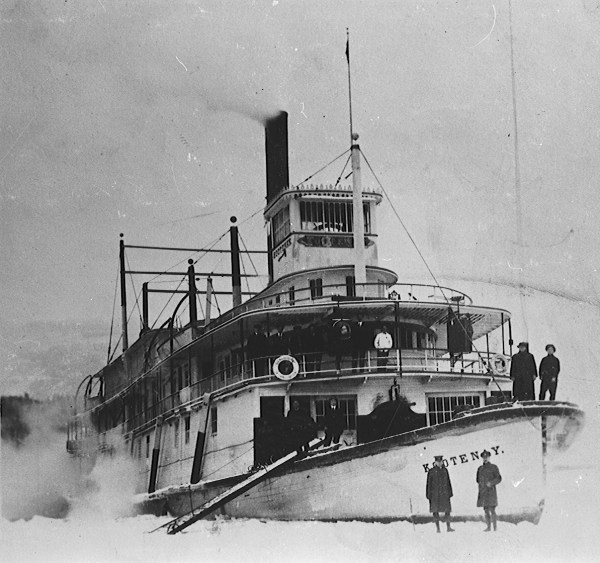 1897 – SS Kootenay built in Nakusp and launched in April – group posing in front of sternwheeler on frozen Upper Arrow Lake ca. 1920
1897 – SS Kootenay built in Nakusp and launched in April – group posing in front of sternwheeler on frozen Upper Arrow Lake ca. 1920
1897 – SS Rossland built in Nakusp and launched without furniture, fittings or windowpanes so that the SS Lytton could be withdrawn at last for repairs, here seen sailing on Upper Arrow Lake (1898- 1916).
1898 – SS Minto built in Nakusp, parts from Toronto, shipped to Nakusp in 1000 parts. First steel hull on the Arrow Lakes and named after Canada’s Governor General. It was meant to go to the Stikine River for the Gold Rush. The picture was taken at Arrowhead on Upper Arrow Lake, 1952.
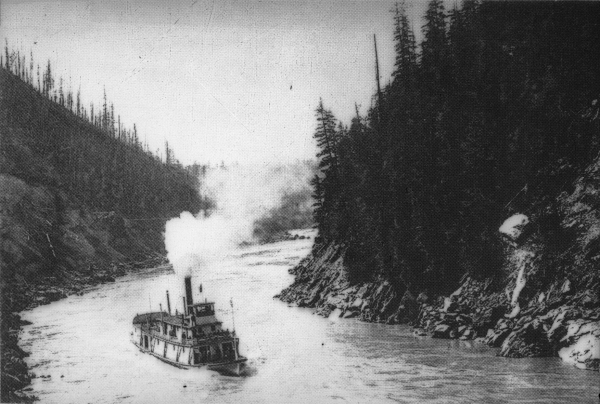 1902 – SS Revelstoke built in Nakusp, used to take tourists between Revelstoke and Downie Creek. It was the last sternwheeler to run the fast water of the Columbia River Canyon from 1902 to 1915.
1902 – SS Revelstoke built in Nakusp, used to take tourists between Revelstoke and Downie Creek. It was the last sternwheeler to run the fast water of the Columbia River Canyon from 1902 to 1915.
1906 – prosperous fruit trade began on the Arrow Lakes
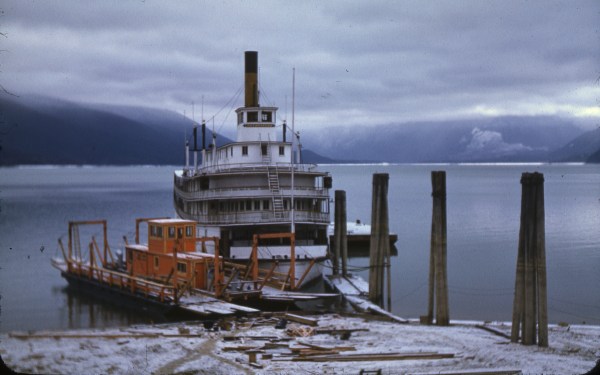 1911 – SS Bonnington built in Nakusp; largest steamer on the Arrow Lakes; was to be used to carry passengers for a proposed circle tour by CPR (Revelstoke to Arrowhead by rail, Arrow Head to Robson by steamer, Robson to Nelson by rail, Nelson to Lardeau by steamer, Lardeau to Trout Lake City by rail, Beaton to Arrow Head by steamer, Arrow Head to Revelstoke by rail); launched in April and a half day holiday was declared in Nakusp. On the picture above the derelict SS Bonnington docked at CPR wharf, Nakusp, 1940 or 1941; Fauquier – Needles ferry temporarily docked at left for repairs.
1911 – SS Bonnington built in Nakusp; largest steamer on the Arrow Lakes; was to be used to carry passengers for a proposed circle tour by CPR (Revelstoke to Arrowhead by rail, Arrow Head to Robson by steamer, Robson to Nelson by rail, Nelson to Lardeau by steamer, Lardeau to Trout Lake City by rail, Beaton to Arrow Head by steamer, Arrow Head to Revelstoke by rail); launched in April and a half day holiday was declared in Nakusp. On the picture above the derelict SS Bonnington docked at CPR wharf, Nakusp, 1940 or 1941; Fauquier – Needles ferry temporarily docked at left for repairs.
Needles took name from Arrow Lake Sandspits
by Greg Nesteroff
reprinted by kind permission from Arrow Lakes News
Needles, the western terminal of the Lower Arrow Lake ferry, was formerly known as The Needles, and was first mentioned in the Nelson Miner of Nov. 30,1895, concerning two mining claims recorded by John D. McDonald and A. A. McPherson “at the Needles, Lower Arrow Lake.” In an interview published in the Arrow Lakes News on June 19,1958, Rose Wright explained the names origin: ‘“Why do you and many old timers speak of Needles as The Needles?’ ‘Well, it was always The Needles in the old days, due to the long points that reached out into the lake. It is only in later years that it has been shortened to Needles.”’ Actually, the shortened version actually first appeared in the Miner a week after the long version debuted, also in relation to mining claims, but it wasn’t until the Fire Valley post office was renamed Needles on Oct. 1, 1906 that it became commonplace. Even so, the “The” stuck around for some time — the Nelson Daily News of July 13,1911 noted “Welford Beeton of the Needles came in last night…”
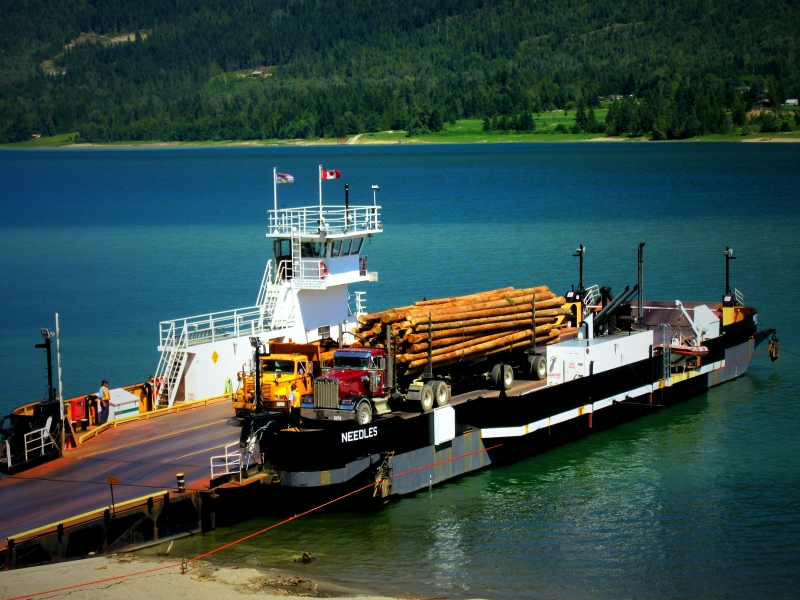
Needles Ferry (Fauquier – Needles) – Photo Credit: Gertrud Klopp
According to the BC Geographical Names database, Needles is the landing’s name, but The Needles is still the official name of the narrows, even though construction of the High Arrow Dam in the 1960s submerged both the sandspits and the community that grew up there.
A new Needles post office was established in 1908 and closed in 1968 upon the flooding of the Arrow Lakes. Today the only thing left of the old community is its cemetery.
In 1910, A.H. Green surveyed what’s now Fauquier, on the east side of the lake, but the map called it Needles Ranch, a name by which it had been known since at least 1905.
According to Just Where is Edgewood, a place between Needles and Edgewood was known as McKallister’s Landing, after “the land agent who settled the townsite of Needles.”
No contemporary examples have been found of this place name and it’s not known exactly who its namesake was, although he was apparently still in the area selling property as of 1911.
The late Bill Laux said McKallister’s (or McAllister’s) Landing was the site of the original Fire Valley post office, which opened in 1894. Later, the CPR called this place Page’s Landing after William Henry Page (1861-1933), an English miner who came to the area from Butte, Mont. around 1893 and served as Fire Valley postmaster from 1908 to 1910.
Just Where is Edgewood (which erroneously calls him Walter Page) describes him thusly: “ [H]e lived on the lakeshore between Edgewood and Needles … He had been married at one time but his wife never moved to the valley. He was always referred to as Captain Page and often took the part of Santa Claus in the early Edgewood years. He was a fat, jolly type of person.”
He was among the first burials at the Needles cemetery, although his grave is unmarked. A mountain ridge was supposedly named for him as well, but it’s no longer on the books.
Pages Landing was first referred to in the Revelstoke Kootenay Mail of Sept. 26,1902: “The scene of the new strike is only 16 miles from Page s Landing, on Arrow Lake …”
It was only ever mentioned a few more times.
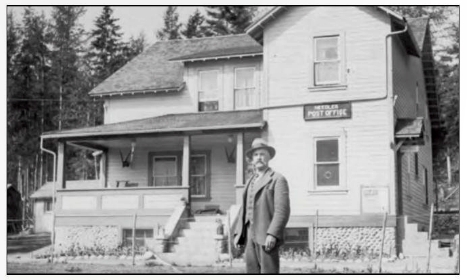
George Craft is seen in front of the Needles Hotel, which was also the post office. He was postmaster from 1920 until his death in 1942, whereupon his wife Edith took over the job. Today all that’s left of the old Needles townsite is the cemetery.
Courtesy Ed and Marian Craft
The First Settlers and Pioneers – Part 1
Adapted from an Untitled Document at the Arrow Lakes Historical Society
Photos from A. Devlin’s Personal Archive
Fauquier lies 60 km south of Nakusp. It was chosen as a settling site due to the plentiful supply of fresh water, fertile soil, and suitable climate. Also, because the land was easy to clear due to a forest fire that had swept the area twenty years previously.
Prior to 1895 only trappers and prospectors lived on the site of Fauquier. One prospector, named Dugelle, located a silver claim on Hart Creek. He developed his claim, and sold it to George and Harold Thompson, who were farmers.
In 1897, the first settlers arrived. The three Funk brothers walked over the Monashee and pre-empted three large blocks of land. They cleared their land, and made it into a fine farm. Mr. L. Funk built the first local roads.
Mr. Frederick George Fauquier, son of Bishop Fauquier of Algoma, Ontario, arrived in the area in 1910. He acquired four large blocks of land that extended 1 square mile. He hired native people from the Oatscott reservation near Burton to clear his land. Orchards and quick crops of small fruits were planted. His land brought him great wealth. Fauquier called his farm “the Needles Ranch”.
In 1910, Mr. Fauquier had the rest of his land surveyed into 63 small farm holdings. During this time, the Arrow Lakes was widely advertised as a fine fruit growing area; so his lots found ready sale. People soon moved in and planted orchards all over. Small fruits were already plentiful and provided the local people with much needed cash when they were picked.
The first school was built in 1912. It was made of logs, and at first, it lacked doors and windows. The people held socials and dances in it to raise funds for the windows, doors and other supplies. When it was finished and ready for use, 25 children were enrolled.
The First Settlers and Pioneers – Part II
Economic Boom and Decline
Adapted from an Untitled Document at the Arrow Lakes Historical Society
Photos from A. Devlin’s Personal Archive
In 1914 everything came to a standstill due to World War I. All the young men (15) enlisted and left their land. Not one of them returned. Eventually their land reverted. Middle-aged farmers with growing families worked the land and once again they had thriving orchards. The fruit industry was flourishing. The crops were shipped up and down the lake by steamboat, and around the province by train. There were two steamboats a day, one traveling south, and the other north. Therefore, service was prompt, which was in favor of the fruit growers.
In December 1917, Mr. Fauquier died. He was badly in debt due to his loss of land sales during the war. Thus, the “Needles Ranch” was put into the hands of an administrator. In 1919, there was an influx of newcomers. The Fauquier farm was sold in two halves. Other properties outside the ranch were also sold. These were the good years, for the orchards were in their peak. A need was felt for a Packing House, and the growers got together to put up a building. Experienced packers graded, sorted and packed the fruit. Between ten and twelve box cars of apples and pears were exported from Fauquier yearly. Each boxcar contained approximately 875 boxes of fruit.
In the late 1920’s, the Okanagan developed a series of irrigation systems and planted thriving orchards. It was soon discovered that their fruit was of fine quality and developed three weeks ahead of Fauquier’s. The Okanagan slowly but surely stole its market. Fruit farmers of Fauquier suffered a great loss. With the loss of fruit sales, the C.P.R. reduced steamboat service. Now, only one steamer made a trip a day, and as time went on, only two trips a week were made.The 30’s brought the depression. The orchards were neglected and times were very poor. The Packing House was no longer required. In 1943, it was given to the community, and it was turned into a community hall.
During World War II, farming lost its importance and logging took over. Farming was only done in the summer, while logging was done during the rest of the year. A flume was built that brought logs from Whatshan lake to the Arrow Lakes. Family farmers made some cash by selling vegetables to logging camps.
- Logging Flume at Needles
- Log Boom
In 1948, the Whatshan power plant was built and provided employment for every available man. The people started to improve their homes; toilets and running water were installed. In 1951, electricity was brought to Fauquier. In 1965, Hydro bought the whole of the Needles Ranch. It was surveyed into the present site of Fauquier. With the installment of the Keenleyside Dam, the lake was flooded. Most people moved away, but some moved into the new town.
Today, logging is still the main industry of Fauquier. Without it Fauquier would die. Since Fauquier is a bridge point, the general store, gas station, and the presently defunct motel still have potential for growth in business. Today, Fauquier’s population consists mainly of retired old people due to its beauty and quietness. The school is closed. The BC Forestry Service relocated to Nakusp and Nelson. Young families have moved away due to lack of work. The town seems to have come to a halt. There are fewer social activities or get-togethers. The future doesn’t look very promising. The question is: Will Fauquier survive?
In a future post I will add a note of optimism by pointing out the many attractions that the big overcrowded cities just cannot match: tranquility, serenity and beauty experienced through an impressive number of recreational activities. Is there potential for economic growth in a pastoral setting? Perhaps. For now, I can only express my hope that this will be so.
Frederick George Fauquier – Part I
From the Archives of the Arrow Lakes Historical Society
S.J. Clarke Publishing Company 1914
Few men are more prominently or more widely known in the district around the Arrow Lakes than Frederick George Fauquier, who is the founder of the fruit-growing industry in this section and therefore one of the greatest individual forces in the growth and development of the locality. Mr. Fauquier had been engaged in fruit-growing here since 1904 and has today one of the finest producing fruit ranches and one of the best equipped establishments for handling the product in this section. He was born in Woodstock, Ontario 13, 1852, and is a son of Frederick D. and Elisabeth Fauquier, the former minister of the Church of England, afterward becoming bishop of Algoma. The parents have passed away.
F. G. Fauquier acquired his early education in Hellmuth College in London, Ontario, afterward entering Trinity College in Toronto. He was graduated from the latter institution in 1873. Following the completion of his studies he engaged in farming for three years and then moved to Muskoka, Ontario, where he remained until 1885, during which time he became very well known in public life, serving as a member of the local legislature for Muskoka and Parry Sound, When he left Ontario he moved to the northwest and located in Maple Creek, Saskatchewan, in 1885, there engaging in stock-ranching until 1893. In that year he moved to the Kootenay district and after staying for a short time at Nelson he moved to Nakusp, where he was appointed mining recorder. From that city he moved to Revelstoke and there served as gold commissioner for some time. In 1885 he preempted land on the Lower Arrow Lake, then a virgin country, securing possession of the tract which is now the center of his extensive holdings in and around Fauquier, afterward named in his honor.This is located at a deep water landing, making shipping facilities excellent and adding to the advantages of this locality as a fruit-growing center. When Mr. Fauquier located here it was with the expectation of making it a town and the shipping point for the mines, which were then being developed back from the lake at this point. These mines failed to prove paying propositions and, having the land on his hands, Mr. Fauquier began experimenting in fruit growing. A few strawberry plants previously set out had done splendidly and the fruit trees, about a dozen, set out in 1898 proved so promising that he immediately set out one hundred more. These were the first trees on the Arrow Lakes for commercial fruit growing, In 1904 he moved upon his ranch and began raising fruit for the market. He now has forty acres in bearing and ships many carloads every year. His ranch, well known as the Needles Fruit Ranch, is a model one in every respect, being provided with all the equipment necessary for the packing and preservation of fruit, and his success is amply attested by the great number of prizes which he has been awarded on his exhibits wherever shown in Canada, the States or in England. Mr. Fauquier gives practically his entire time and attention to the scientific development of the property, and his success is the natural reward of his ability and intelligent management.
Mr. Fauquier is a charter member of the Ancient Order of United Workmen and of the Order of Foresters and is connected also with Oxford Lodge, No. 76, A.F. & A.M. He belongs to the Church of England and gives his political allegiance to the conservative party, taking an intelligent and active interest in public affairs, He stands as a central figure in the promotion of fruit-growing interests here, a pioneer in the development of one of the greatest resources in the locality, and the community owes him a debt which can never be fully repaid.
Frederick George Fauquier – Part II
Report to the Arrow Lakes News by Greg Nesteroff
From the Archives of the Arrow Lakes Historical Society
What Arrow Lakes community is named after a man jailed for embezzlement? The answer, likely to surprise many, is Fauquier. Frederick George Fauquier’s incarceration was a severe aberration in an otherwise distinguished career that included many government appointments. Indeed, he emerged from prison virtually unscathed: no one seemed to think any less of him for it. Born in Woodstock, Ontario, to an Anglican bishop, Fauquier came to West Kootenay in 1893 and was appointed mining recorder, police officer, and notary public at Nakusp.
His diligent service was recognized in 1900 when he was transferred to Revelstoke and named stipendiary magistrate, justice of the peace, government agent, assistant lands and works commissioner, assessor and collector, vital events registrar, and gold commissioner. Something, however, went wrong. In August 1901, a government auditor was dispatched to Revelstoke to look into irregularities in the gold commissioner’s office. Fauquier was arrested at home and charged with misappropriating $100 in public funds while mining recorder at Nakusp. He was released on $2,500 bail.
“The greatest regret is expressed in town at this unfortunate affair as Mr. Fauquier is not only personally popular but has proved himself both at Nakusp and here a most acceptable and capable official,’’ the Revelstoke Herald wrote. The Kootenay Mail added Fauquier “had many warm friends” who would have repaid the money had they known it was missing before the auditor arrived.
“It is evident that Mr. Fauquier had been making an effort to straighten matters up as he has been offering for sale his ranch in the lower country,” the newspaper said.
When Fauquier next appeared before a judge, he was further charged with stealing $2,097 in land sale money between Oct. 15, 1900 and Aug. 21, 1901 at Revelstoke as well as $811 in taxes collected from the Imperial Bank on June 22, 1901. The earlier Nakusp charge was dropped. The auditor produced a list of land transactions for which no receipts existed, ranging from $3 to $213. The auditor also presented a statement showing Fauquier received $819 in taxes, while the books recorded only $8. Fauquier was committed for trial, and released again on $12,000 bail. Several more prominent businessmen stepped forward to post sureties.
A few weeks later, however, Fauquier pleaded guilty. The motivation for the crimes was never explained. His lawyer only said he took the money “to pay claims that other men would have ignored.”
And while there was no justification for the offense, “it had always been Mr. Fauquier’s intention to replace these monies,” the Kootenay Mail wrote.
“Mr. Fauquier had a wife dependent on him and also a family, and was without other means than this property. He was prepared, if he got his liberty at no distant date, to repay every cent he had taken.”
The judge sentenced him to two years in the provincial penitentiary. It’s not clear how much time he served (nor if he ever repaid the money he stole), but around 1904, he returned to his ranch, later known as Fauquier’s Landing, or just Fauquier, and began growing fruit. Overall, despite his transgressions, Fauquier’s kept his reputation intact. In 1911, he was spoken of as a potential candidate for provincial office, and upon his death in 1917 at age 65, his obituary was adulatory.
“Always of a bright and cheerful nature Mr. Fauquier was universally liked and highly respected by all who came in contact with him,” the Nelson Daily News wrote. “He was the most extensive fruit grower on the lake, his orchards being considered among the models of British Columbia.”
Fauquier was buried in Nakusp. Although his crimes were whispered of in his namesake community, they are not recorded in any history book.
Mr. Fauquier’s Funk Place!
Submitted by Richard Eichenauer
Why did the local people want to rename in 1967 the settlement of Fauquier into something else, like „Birchpoint“, or „Aqua View“ or „Oakville“, etc.? There were two reasons: One was that many felt, they had a hard time with the pronunciation of the name Fauquier. It sounded too close to a four-letter word, which workmen and loggers used all the time, but couldn’t be said in the company of ladies. The other reason was that some of the old-timers felt that Mr.Fauquier, who had given the little settlement its name, had been a „crook“ about 80 years earlier.
Besides various stories I heard from the then still living old timers about embezzlement of government moneys by Mr.Fauquier, I also heard the story of how he tried to „ailinate“ a prime section of „Crown land“ with a stroke of his pen from some first settlers that had gone to the trouble of staking that piece of land according to the laws of the land. The piece of land in question lies about 1 km south of the present day ferry landing on the Fauquier side.
In those long gone by days, you could get a 1/4-section (160 acres) by “staking a homestead“, build an abode for yourself and family, clear enough land for a garden and some fruit trees and living on this land, improving it over a period of about 5 years, pay almost next to nothing for the land, and then get the „title in fee simple for a free hold“.
The „Staking“ for a homestead in those days, I was told, had to be done on the 1st of January in a given year. You would have had to explore the parcels of land that had been „written out“ in the previous year, and see what it was like: location, soil type, water availability, access by trail, road or water, if there was a lake near by.
The first of January in this country and in those years meant between 2 and 6 feet of snow on the ground, and the temperature to go with it. Needless to say, there were no roads then and you had to hike into the place you desired to claim by staking it. And staking meant that you had to go to the approximate corners of the 160 acres and pound a marked stake into the frozen ground – as early as you could do so, so as to be the first on site to do just that, especially if you were going after a prime location in a valley where there was not much flat land anyway, and possibly with access to a lake, on which sternwheelers held a reliable connection to the rest of the world. And for such a prime location you better went early, real early, namely New Year’s midnight – at the best in partial moonlight stomping through all that snow around 160 acres.
160 acres in this case was roughly a square with a side length of 800m. To stake the 4 corners, you had to stomp a minimum of 3.2 km, plus the way there from wherever you had your covered wagon or camp – through rough virgin forest – in deep snow, in the dark!
In 1890 or there about, the Funk brothers had all done the appropriate steps and hikes at New Year’s midnight. When they came to Nakusp a day or two later to register their homestead land claim, the government registrar, who was Mr. Fauquier then, informed them that that piece of land had already been claimed. The brothers asked by whom. Mr.Fauquier refused to tell them. The brothers told Mr. Fauquier that they had not met anybody at New Year’s midnight and that they claimed that land.
You can imagine the rage the brothers felt when it turned out later that Mr.Fauquier had claimed the 1/4-section lakefront land for himself by just writing in his name in the papers without going through the necessary steps and hardship of staking it. The Funk brothers finally were granted title to the land in question, to Lot 7604 and not Mr.Fauquier. He somehow ended up on a parcel that is now the Fauquier golf course, which previously had been „Fauquier’s Landing“ during the times, when sternwheelers were still plying the Arrow Lakes and Fauquier’s place became a stop for the boats.
Fauquier Preempted in 1897 by Funk Brothers
Report by Late Mrs. W.L.Devlin
Text and Photo Credits: ALHS and Mrs. Annette Devlin
One of the new town sites on the Arrow Lakes, due to the Arrow Dam Reservoir, is at Fauquier, called New Fauquier . This name never got into real use (PK). It is situated above the high water line laid out on part of the farm land mentioned in the following article, written ten years ago.
The new settlement is a modern village with sewers, lots and the streets all engineered to separate the residential areas from business and services area, to make an efficient and attractive community. We print this story as a tribute to the early settlers of this area and to wish them well in the new town.
Special Thanks to the Arrow Lakes Historical Society
for the Newspaper Clipping of 1922
The community of Fauquier has been around for over a hundred years. If you are new to this site, it would be a good idea to view and read a few of the previous articles on the colorful history of mining. logging, fruit-growing in this little town. They can be found under the heading of Fauquier BC.
Right from the start there was a great need to ferry people, goods and cattle across the Arrow Lake between Fauquier and Needles, which was a thriving and much larger settlement on the west side of the lake. A few enterprising people began to provide transportation by using their boats and barges. But as the newspaper article of the Arrow Lakes News of September 27, 1922, clearly indicated that was no longer good and safe enough.
Traffic Between Edgewood and Nakusp on Increase – Roads Need Attention
NAKUSP, Sept 27, 1922
With the increase in the number of motor cars in the various towns along the Arrow lakes making the through run between Edgewood and Nakusp and intermediate points, there is an equally increasing need of a proper ferry service between the east and west side of the lake at Fauquier and Needles. The present arrangement of a crude raft operated by an enterprising rancher at Fauquier for the public convenience is inadequate and even dangerous, especially for heavy cars.
On Sunday alone four cars were ferried across both ways, one of which had its wheels in the water. There is much credit, due to Mr. Kendrik of Fauquier for assisting autoists across the water, but the operation is accompanied with a great amount of danger to lives. It is full time that the public works department of the provincial government rises to the occasion and build a ferry similar to that at Robson. The request has been made and passed by the associated board of trade on more than one occasion, but so far nothing has been done. A petition is being drawn up and circulated praying that this be carried out this fall, also the overhauling of four miles of road three miles south of Burton, which is covered with brush.
The outcome of increasing public pressure for better service was that the provincial government provided from that point on regular, safe and reliable transportation facilities, which included not only the ferry between the two communities, but also a highway link to Vernon over the Monashee Pass. When in 1967 the valley was flooded through the building of the dam near Castlegar, the provincial government was going to build a bridge across the lake at Fauquier. When this proved to be too expensive, a promise was made to provide government ferry service 24 hours a day free of charge.
Some thirty years later the costs of running and maintaining the service has become prohibitively expensive. The government attempted to wiggle itself out their obligation to the public by cutting back the time the ferry would be running and by charging a fee. This did not sit very well with the populace and public protests made the government back down. Another bridge building proposal surfaced, which almost became reality if it had not been for a sudden and unexpected increase in steel prices. The photo below shows the designer’s areal perception of the wonderful bridge that never was.
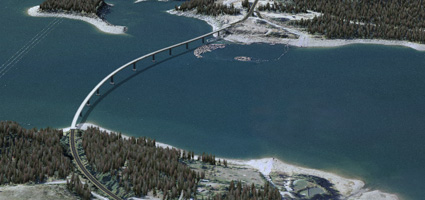
Photo Credit: http://www.b-t.com/
So today the cable ferry is still ferrying people, trucks and cars back and forth between Fauquier and Needles every 30 minutes between 6 am and 10 pm and is on call during the remaining night hours.
Mrs. W.L.Devlin’s Report (1967)
Canada celebrates its centennial this year, so I will endeavor to relate the history of our community. Prior to 1895 there were no settlers in Fauquier. Trappers and prospectors built cabins and stayed for a while, then moved on. Names mentioned by old timers are P. Anders, Jim Kelly, Muirhead, Jim Bates and Dougelle, who staked a mining claim on Stor Hill. The little cabin he built near the beacon point is still standing.
In 1897 Leonard Funk and brother George came from the Okanagan and preempted two large blocks of land. They built a cabin by the lake and began clearing, cutting trees into the cord wood, which they sold to the CPR for use in their wood-burning boats. George Funk did not stay, but his brother Leonard carved a fine farm from the forest, planted an orchard and raised a large herd of cattle, becoming a fairly wealthy man. He did much to help his neighbors get established and was a prominent figure in community affairs until his death in 1935.
Two other settlers of 1897 were Mr. Mosheimer who stayed only a few years and Mr. Thompson who preempted a half section of land next to Mr. Funk. He also bought the mining claim from Dougelle. When his sons joined the army in 1914, the family moved away.
Jim Kelly mentioned previously homesteaded the original Fauquier farm. He sold to Muirhead who in turn sold to Mr. Fauquier in 1900. After acquiring three more lots Mr. Fauquier called his holdings the Needles ranch. This property he had surveyed into ten-acre blocks, the work being completed by A. H. Green in 1910. Part of Mr. Green’s payment was a choice lakeshore block, on which he built a summer home.
At this point it might be of interest to tell a little about Mr. Fauquier. He hired Indians to clear the land on both sides of the road, approaching the landing. He built a fine home hiring two Chinese to care for the house and the gardens. Incidentally, this house burned and the family moved to a little cottage on the north side of the road. In appearance, Mr. Fauquier looked like a country squire, florid face, and gray hair, neat clipped moustache always dressed in natty tweeds. He had fine horses and drove an elegant buggy with a fringed top.
He planted a large orchard and while waiting for it to come into production he put in acres of raspberries and strawberries. Between the sale of land, fruit and cattle, he should have been successful but his extravagance exceeded his income and he died a poor man in 1917. Mrs. Fauquier was a semi- invalid and recluse. After spending her last years in a wheel chair she died at Vancouver in 1929.
The years 1900 to 1910 brought a number of homesteaders among them Schlag, Matz, Oswald, Gebert, Spiller and Funk. The first three moved away, Mr. Funk died in 1911, Mr. Gebert in 1915 and Mr. Spiller stayed on doing much for the community until his death in 1954.
After the survey of the Needles Ranch in 1910, there was quite an influx. First to arrive were Aspinall Boden, Reid and Burkmar. Then the Baileys, Lowders, Hartlands and Smedleys came. Mr. Smedley built a general store,which he operated until 1923 when illness of his wife forced him to leave.
About this time a school was needed and the people built a log school under the direction of Mr. Funk, Mr. Gebert and Mr. Spiller who were also chosen to be the first school trustees. Furnishings for the building were financed by dances and basket socials. School opened in 1912, teacher was Miss Madge Timeaus of Nelson. Enrollment was over 20. Around 1912 construction was started on the road north to meet the Burton crew building south. Foremen were Jim Riley who built most of the local roads and Mr. Conway. A sorrowful incident happened in 1915 when Mr. and Mrs. Bailey and daughter Ivy on their way back to England were lost with he sinking of the Lusitania.
After Mr. Fauquier’s death the farm was put up for sale. In 1920 Mr.E. Kendrick, bought the part south of the road and the Cutting brothers the north portion. The same year Mr. Gaustin and family arrived and Mr. Scribe bought the Thompson farm. During the twenties fruit-growing reached its peak. Hundreds of crates of cherries, plums and small fruits were shipped, also many carloads of apples. The beach landing no longer sufficed and a wharf was built. The growers formed a Coop and built a packing house. The dock was crowded daily during the summer with fruit, shippers and onlookers who thrilled at the sight of the Bonnington, with passengers lining the rails of both decks. This was Fauquier during its heyday.
The thirties brought hard times, and fruit-growing came to an end. The packing house stood idle until 1942 when it was given to the community to make a hall. The orchards were neglected and some of the best farms became vacant. Newer residents have established homes but most of them are dependent on logging or other outside employment.
Much more could be said of the trials, efforts and resourcefulness of the early settlers, but I hope the outline given will be of some interest.
The Gunner of Galway
Article from the Arrow Lakes Historical Society
Another real character but withal a very able man was a Scot from Galway who became known as The Gunner from Galway. The Gunner was a miner, not of the pick and shovel variety but a promoter and owner of mines. When he first arrived in the Kootenays at the turn of the century he drank considerably and when under the influence sang an unlimited number of verses of a song called the Gunner from Galway, hence his nickname.
Shortly after his arrival in the Kootenays he began prospecting in the Slocan district for mineral claims. One weekend he became violently intoxicated and was arrested. The magistrate sentenced him to a term in the provincial jail, but since there was no lock-up in the Slocan district he was sent to Nelson. The trip involved a short train journey and the prisoner was put in charge of a rookie policeman. To everyone’s astonishment, when the pair reached Nelson the culprit had on the policeman’s uniform and delivered the policeman as the prisoner.
Sometime afterward the Gunner went on a bit of a spree in Toronto and was admitted to hospital for treatment. He recovered favorably and one Sunday morning was allowed up in his dressing gown to walk in the corridor. The visiting physicians in those days wore frock coats and silk hats, which they removed in the lobby and donned suitable garb for the ward visit. The Gunner spotted one of the doctor’s outfits. With his thirst still not under control he commandeered the frock coat and silk hat and slipped out the back stairs. Right before him was a horse-drawn milk delivery wagon with the driver absent. The Gunner, always a resourceful man, mounted the cab and drove into town, where he was later apprehended.
These and many other escapades are truly told of this remarkable man. Upon his return, however, he had changed mightily and I don’t think he ever went on a spree again but settled down as a regular mining operator. He was a close friend of the late John McMartin of cobalt fame and, in conjunction with other mining men, operated successfully more than one mining property in the Sheep Creek district of B.C.
The Gunner continued his mining operations for many years and then moved to Manitoba where he became interested in the Flin Flon district. He evidently still prospered, for he lived in a suite in the Fort Gary Hotel, where he died. Many friends and acquaintances mourned his passing, for despite his eccentricities the Gunner from Galway made an excellent contribution to mining development in Canada.
The Story of the Daniel Edward Devlin Memorial Cup
Adapted from newspaper clippings at the Arrow Lakes Historical Society
Daniel Edward Devlin, five-year old son of Mr. and Mrs. W. Devlin of Fauquier met a tragic death Tuesday afternoon while playing on some saw logs decked on the beach. A log rolled and crushed him and he was rushed to the Arrow Lakes Hospital but he died en route. From a newspaper clipping of Thursday, April 14, 1949
Funeral services for Daniel Edward Devlin were held on Good Friday at 2:30 p.m. in the Community Hall, Rev. Hartley officiating. A large crowd of sorrowing friends and relatives were present to honor the memory of the sturdy, lively little fellow and the many floral tributes were token of their esteem.
Hymns sung were: “When He Cometh” and “Safe in the Arms of Jesus”. Mrs. Morrison acted as accompanist.
Burial was in the new Fauquier cemetery. Daniel is the first to be laid to rest there. Pall bearers were Peter and Frank Bilinski, Raymond McTaque and Bill Maitland.
Daniel Edward Devlin, son of Mr. and Mrs. Wilfred Devlin, was born at New Westminster, April 27, 1943.
In a brief interview with his surviving brother Alan Devlin, I heard that Daniel liked the school (now the clubhouse at the Fauquier golf course)on the hillside, which was located not too far from the present Fauquier ferry landing. Even though he was not yet of school age, he often showed up at recess and lunch to play with the older kids. After his tragic death it was Mr. Wilkin, the principal and teacher of the Fauquier School, who came up with the idea of instituting a memorial cup for the school district.
Daniel Edward was a very likable little chap and endeared himself to all those who came in contact with him. In donating the cup, Mr. Wilkin said in his letter, “We should like to have our little friend, still move in spirit among his friends and therefore we will promote a competition among the schools to foster the friendly play so characteristic of Daniel.”
From then on, at the end of each school year, a softball tournament was being held and the trophy named after the little boy, the Devlin Cup, was awarded to the winning school team of the district. For forty years Daniel’s memory was kept alive through this trophy. Then district school restructuring and greater interest in soccer put an end to the softball tournament.
It is my hope that this post will make a small contribution in keeping Daniel’s memory alive.
The Origin Of Kokanee’s Name
Article Credit: Arrow Lakes News (December 3, 2015)
by Greg Nesteroff
One hundred and fourth in an alphabetical series on West Kootenay/Boundary place names
In addition to being a fish and a popular beer, kokanee is the name of 14 geographic features in BC: a settlement, bay, creek, two provincial parks, glacier, recreation area, lake, landing, narrows, pass, peak, point, and range. As a result, it’s probably this areas most widely used indigenous word. Kokanee is derived from kekenit the Sinixt term for the landlocked salmon once plentiful in this region. (There’s no need to capitalize kokanee when referring to the fish, although many people do anyway.)

Kokanee spawning at Taite Creek
However, when Europeans first adopted the word, they didn’t know its definition. The earliest reference in the Nelson Miner of June 15, 1895 said: “The jagged ridge visible from Nelson away up the lake to the North-East is Ko-ko-nee, of the meaning of which we are sorry to say, we are ignorant”. The present spelling was adopted the following year when the Columbia and Kootenay Steam Navigation Co. launched the SS Kokanee on Kootenay Lake. The Trail Creek News of March 21, 1896 explained the name was “after the range of mountains near Nelson.”
Kokanee Creek, also known as YuiU Creek, was so named by October 1896 and a town site called Kokanee was laid out at its head, adjoining the Molly Gibson mine. The Sandon Pay streak of Aug. 14, 1897 kidded that “its inhabitants, when they become numerous enough to need a name, will be called the Kokakanucks.” Kokanee Glacier was first called by that name in The Ledge of lune 17, 1897. After climbing the glacier in the fall of 1898, mining promoter Ernest Mansfield renamed it after Lord Kitchener, but following his departure from the area in 1901, it reverted to Kokanee. Near the spot that the creek emptied into the lake was Kokanee Landing, first mentioned in the Nelson Tribune of April 9, 1899. The earliest known reference to kokanee meaning the fish was in a promotional booklet produced in late 1899 or early 1900 called Health and Wealth: Kaslo, BC: “During summer months in many streams emptying into Kootenay Lake, spearing a peculiar red fish of the trout species, called by the Indians ‘Kokanee is quite an amusement. Long strings of these are frequently seen.”
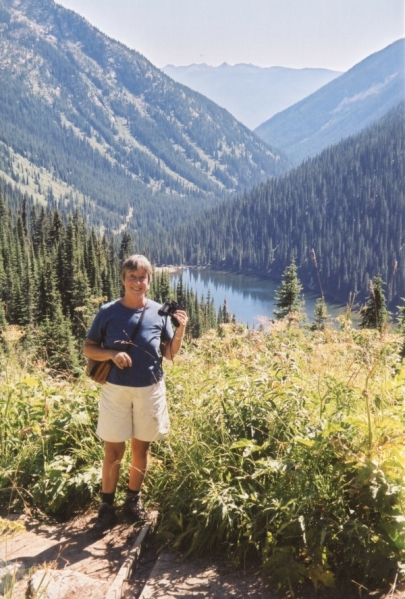
My wife hiking with me in Kokanee Glacier Park 2001
Somewhere along the West Arm of Kootenay Lake — probably at Lasca Creek, directly opposite Kokanee Creek — was what the Sinixt called Yaksakukeni: place of many kokanee. However, it was many more years before kokanee was commonly used by European settlers to refer to the fish. Two Kokanee post offices existed, the first apparently at the townsite, from 1902-11, and another at the landing, from 1911-15.
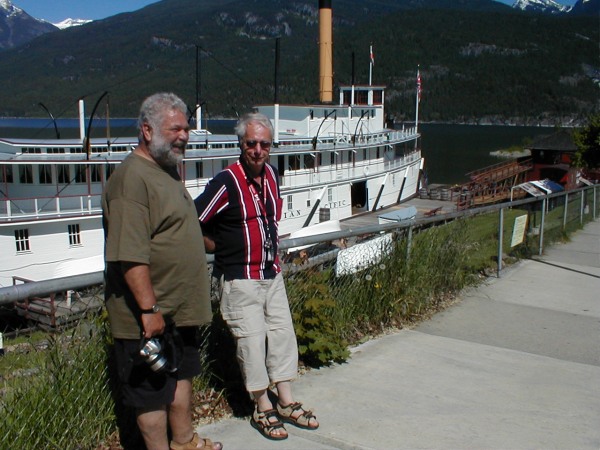
Biene’s Nephews Norbert and Christian at Kaslo 2005
But what made kokanee a household word beyond West Kootenay was a conversation between Nelson mayor Tom Shorthouse and H.F. Puder of Interior Breweries in 1959 about the company’s recent move from Nelson to Creston. Shorthouse pointed to the potential of Kokanee Glacier Park — created in 1922 — as a tourist attraction and suggested the company name a beer brand Kokanee. “This thought really stuck,” Puder told Shorthouse a year later, “and the more the name ‘Kokanee’ was considered, the better we liked it … To you goes full credit for originating the idea and you may be assured that you will be among the first to sample the product.”

Popular Kokanee Beer
Kokanee pilsner beer first appeared in the spring of 1960 with a label featuring a painting of the glacier by Vancouver designer George Me Lachlan. While the artwork has changed over the years, it continues to use a glacier motif and remains one of BC’s best-selling brands.
The name has since spread far and wide. Lots of businesses adopted the name — including Kokanee Springs golf resort. There’s a Kokanee Bay in the Cariboo; a Kokanee elementary school near Seattle; and streets named Kokanee in Nelson, Cranbrook, Vancouver, Whitehorse, Ontario, Washington, Idaho, Montana, Oregon, Colorado, California, and New Mexico. Most of these were presumably taken out of atlases and don’t have anything to do with our area, but there’s a Kokanee Bend fishing area in Montana.
LIKE-MINDED PEOPLE
A BRIEF HISTORY OF APPLEGROVE ROAD
By late Bill Laux
Applegrove Road takes its name from an early real estate development at the mouth of Taite Creek. Sometime before 1912, real estate promoters, probably from Edmonton, bought lot 6904 and had that thin slice of lakefront north and south of Taite Creek cleared and apple trees planted on it. One street, Edmonton Avenue, was laid out running north and south and crossing Taite Creek on a bridge. Lots on the lake shore side of the street were one acre in size. On the other side larger lots were available.
A trail was slashed through from the development to Fauquier. This was not intended to be a road but rather a trail down which Fauquier farmers could bring their teams to clear and log the company’s land. This trail established the route now followed by Applegrove Road.
Lots were sold in Applegrove to immigrants from Britain and at least six houses or cabins were built on the site. Col. Harrington called his place “The Wilderness”. Other houses were those of the Passmores and Ferguson. The Boothbys who owned three lots in the town site built their house there. Captain Harkeness had a cabin and George Manson a house and barn. A German couple, whose name is not remembered, also had a house and farm on the town site. South of the townsite was the home of the Littlewoods. Half a mile further south came the Oswald Jowett place and south of it was Sherwood, the home of the Jowett Brothers who had come in 1909. South again was Beeston Lodge where Walter Jowett lived.
It is fair to say that these early residents were like-minded people, all of them wanting to get out of the crowded and smoky cities of England and live an idyllic, rural life supported by fruit growing, trapping or farming. They came, took up land at this most remote spot and invented a way of living, which suited their values and needs.
Perhaps a dozen people in all lived on the East side of the lake at Applegrove and south of it at Sherwood. For a few years they were free to follow their ideals and dreams putting together subsistence farms and working on logging crews for a cash income. However, World War One took away most of the young men. It is not certain whether any returned to Applegrove. With their Returned Soldier’s Grants they were able to take up more suitable land on the Edgewood side. At Applegrove at least one farm was still occupied and worked well after the war by the German couple and some of the buildings there continued to be used as summer cottages.
South of Applegrove the Littlewoods were still producing apples and south of them the Jowetts at Sherwood. In the 1920s Bernard Ford from Edgewood bought the lot north of Applegrove and lived on with his wife Alice for some years before moving back to Edgewood.
At the Fauquier end of the Applegrove trail settlers were taking up lands they intended to farm. Anthony Mosheimer preempted the now Mead-Eichenauer place in 1897, though it is not certain when he had completed his improvements and took title.
A man named Dougelle built a cabin on the beach at Fauquier and opened several mining claims on Star Knoll back of Fauquier. Leonard and his brother George Funk walked a horse and a cow over the old Monashee Trail in 1897 and took up two lots on the lake shore south of Fauquier. They built a cabin and cut cord wood for the CPR boats. Funk also took up a preemption on the meadow along the Applegrove trail and drained it with a ditch to create a (Lot 7126) hayfield. Funk had come from Alberta and had left word there that any Albertans looking for land in British Columbia would be welcome at his place to work for room and board while land-hunting. Quite a number of footloose Albertans came through the Arrow Lakes looking for land to farm and numbers of them worked for food and shelter at Len Funk’s. Rollie Crabbe, of Edgewood, is one of the Albertans who came to the Valley this way.
Also in 1897 Aubrey Thompson arrived and took up a preemption just south of Leonard Funk. He also bought Dougelle’s mining claims up Heart Creek, but no mineral is recorded as coming out of them.
August Scribe arrived about 1916 and bought Thompson’s lot 7604 just south of Funk’s. There is a story of his loading all his stumps along the lake with explosives and then waiting to fire them when the Governor General, the Duke of Conneaught, passed by on the Minto. The Governor General, it is said, came to attention on deck and soundly approved of the unexpected rural salute.
Thompson left when his sons went into the army in 1914. A trail indicated on old maps as a road ran from Scribe’s land south on or just above the beach to reach Bernard Ford’s property and Applegrove. This was only passable in the low water season and was probably only used to get teams down to continuing logging operations up Taite Creek. Scribe was a great believer in the healing properties of Octopus Creek Hot Spring and built a cabin there to which he would make trips to bathe and try to cure his arthritis. In 1968 parts of this cabin still stood.
Aspinalls had a farm at the Fauquier end of Applegrove Road, the present De Boer property. The Spillers had come from Austria in 1913 and taken up land on Heart Creek, which they reached off the Applegrove trail, which Mr. Spiller must have widened to a wagon road to access his property fro the Ferry landing.
Others, opening up the trail, took up land at each promising meadow or marshy location, which looked suitable for draining. It was, in those first years, crucial to have a hayfield while the heavily timbered lakefront land was being cleared and stumped. Gaustein took up the land along März Brook in 1920 (the present Netting property since 1966). Apple trees were planted and these early orchardists engaged in horse logging to make a living until their apples should come into production. The logs were horse-hauled to the lake shore, decked on the beach in the winter to await high water and the tug to tow them to Waldie’s mill at Robson. It seems certain that by the Twenties there was a wagon road as far as the Mosheimer Place and probably another kilometer past it to a house, which had been built on the clearing at the top of Eichenauer’s hill. The name of this settler is not known. Percy Schlag, who had an orchard in Fauquier, opened up a meadow on the south side of Heart Creek at the source of März Brook and drained it with a ditch to make a hay field. During the years when the lake shore lands had to be cleared and stumped for orchards, any mountain meadow or drainable swamp was a prize location to be preempted and put into production for hay.
From about 1913 Apple Packing Schools were held in the Valley to show the new orchardists how to get their fruit into commercial channels. Only perfect fruit was acceptable, no blemishes permitted. This left, especially in bad scab years, a great deal of fruit unharvested. These apples were used by many to fatten pigs for sale and most everyone made apple juice. With the addition of a bit of wine yeast, fermentation took place and hard cider was produced. August Scribe took the process farther and built a still. He located it under his pig shed to conceal the odour and took care to have a dry-hinged gate, which would squeak loudly, if anyone approached. He planted wormwood nearby to use as a flavoring, telling his customers he had made absinthe. It is said he shipped the product in cream cans to Nelson on the Minto with each can sealed with dairy stickers only to be removed by the milk inspector.
Mosheimer had his feet badly crushed in a logging accident and had to give up farming. He and his wife moved to Vernon where they opened a laundry. The property was bought by Mr. Kendricks of Needles, who leased it out for hay and pasturage. It came to be known as Kendricks Place (close to the present day Mead-Eichenauer Place). Gaustein, as well, left, though we do not know when.
All these years the slashed trail to Applegrove was still used as a route for Fauquier farmers to take their teams down to Taite Creek where from time to time horse logging jobs were available. Several wagon roads were built off Applegrove Road to reach the magnificent old-growth timber up the various creeks. One road ran up Heart Creek a short distance to reach a particularly fine stand of large cedars. Another extended Percy Schlag’s road from the south end of the Funk Meadow up and around the north end of Mineral Ridge to reach the timber on the North Fork of Taite Creek. In the early Sixties logging contractor Steiner built the Pin Road to harvest the Mineral Ridqe timber and the Heart and Pin Creek drainaqes. Applegrove became little more than a log dump.
Another group of like-minded people arrived in 1949. These were six pacifist American Quakers who had come to Canada to avoid the draft for the Korean War. These were the Orcutts, Kunzies and Norvells. They bought the Funk and Scribe Farms, the preemption meadow on Applegrove Road and began a simple style of subsistence farming, shipping cherries and apples in season. Steven Norvell, who was a physician, set up a practice in Edgewood.
In 1953 an exiled Polish nobleman, Count Andrew Potocki arrived with his wife and son in search of a good skiing terrain. He bought the part of the old Applegrove site south of Taite Creek and began subsistence farming. The Applegrove Trail must have been impassable at this time as he told the author that they had to walk their cow in from Fauquier down the beach, a task he said took them five days. The Potocki’s usual access was by boat from Edgewood where they kept a freezer in the back of Jack McLeod’s store to store perishable food.
The Highways Department was persuaded to clear the Applegrove Road at this time and rebuild the Taite Creek bridge on old Edmonton Avenue. It is remembered that by 1951 one could drive a car as far as Potocki’s. 1951 was also the year when the last of the original East Side settlers moved over to Edgewood. The elderly Jowett brothers left their Sherwood property and built a house on the west side north of Edgewood.
In 1958 parts of the old Sherwood properties were bought for summer homes by Lee Hell’s mother and stepfather and by May and Bill Gebelein in 1959. Access was, as it had been for the Jowetts, by boat from Edgewood.
By 1960 the Quaker group on the Funk Farm had gone their ways making only summer and fall visits to the property to harvest apples. Jimmi Mead, Eric Freedman, and Tony Netting, Americans from New York, who had met the Orcutts in Vancouver, came out to look for a site for a communitarian enterprise they wished to found. Mead and Freedman bought the Mosheimer place from the Needles storekeeper, Mrs. Kendricks. They continued to live for two years in Vancouver working to pay for the property.
In 1962, another pair of Americans, Bill and Adele Laux, arrived. They were joined by their friends, Jack and Janie Wise, who had been running a production art studio in Mexico. The four of them bought the Scribe property from the dispersed Quaker group and set up Vaki Studios to produce batik wall hangings most of which they sold in the US.
In 1962 or 1963 Columbia Cellulose, which held the Tree Farm License, extended the Applegrove road across Taite Creek and down to Octopus Creek to open up more timber harvesting areas. They were obliged to lease and then purchase the right of way, where it crossed the Gebelein property.
Applegrove Road from Fauquier to Taite Creek is a public road, maintained by the Department of Highways. From Taite Creek south it is a Forest Industrial Road owned and maintained by the holder of Tree Farm Licence 23.
Richard Eichenauer, from Germany and New York, arrived in 1964 – and shortly joined Mead and Freedman on their property. Richard and Jimmi married and raised a daughter, Cedra, who now lives in Nakusp.
The buildinq of the dam in 1967 and the consequent flooding wiped out Appleqrove completely and submerged most of the old orchards along the lakefront. It did in fact destroy the small farm and orchard economy that the first settlers had created. What was to follow, once high-speed paved roads to the Okanagan and Calgary were in place, was something none of the Arrow Lakes residents had imagined. Their valley was now considered to have “recreational” or “retirement” potential and at once their taxes reflected this change.
That might be the future, but for the time being life along Applegrove Road continued much the same. Some changes had to be made. The Fauquier lakeshore road that served the Orcutt and Laux properties was fIooded out and the power line that served them was removed as well. Lauxs and Orcutts rebuilt Len Funk’s old horse trail to connect themselves to Applegrove Road. Potockis, Hell and Gebelein moved back uphill to new locations above the new high water line.
The era of the Hippies came next. Each week idealistic young people from the cities would make the trek up Applegrove Road weekly seeking like-minded others and that mythical plot of free land where everything would be peace and love. Just as with the wandering Albertans in the 1910s, those willing to work on the Applegrove homesteads were fed and sheltered until they had enough and moved on. Some stayed for a few weeks, some for a summer.
In 1965 the Provincial Government announced its plans for the High Arrow Dam and the reservoir to be created behind it. In the project was included $6 million for a Needles-Fauguier bridge and $7 million for a new highway from Fauquier to Passmore along the power line route. This highway would have destroyed Applegrove Road and ended the quiet and isolation of its residents. There was great relief when the Department of Highways, which was experiencing the first of many difficult winters on the new Kootenay Pass road, announced it would build over no more than 1800 meter (6000 ft.) passes. A ferry was substituted for the bridge, the road was not built and the moneys saved were diverted to the Peace River Dam project.
Tony and Nancy Netting bought the Gaustein place in the 1960s and began an orchard nursery and gardening enterprise. They raised three children, spending summers on the homestead and winters teaching in Kelowna. Kurt and Mary Hilger joined with the Mead and Eichenauer community and began a house. They did not finish it but sold to the Canons, Randy and Dharma, who created a unique octagon structure all lovingly hand-finished. Cannons too, left and sold to Nila Campbell, whose intention was to convert the property into a meditation and healing centre.
Martin and Shelly Glasheen joined the group as well and with great energy began developing a homestead. They raised two children and a great number of animals. As serious and ambitious mountaineers they are now planning a mountain lodge high in the Valhallas. (It is now a very successful and popular enterprise. By the name of Valkyr Adventures)
Others came, stayed a while and then moved on. One group, arriving from California in a van, took up residence in the Orcutt house and turned themselves into a Rock Band, “The Flying Hearts.”
In 1970 an American, Logan Bumpus, arrived from near Prince George with his horses. He and Ruth Orcutt married and began ranching beef cows and breeding horses on their property.
The like-minded people of the Sixties and Seventies were not all that different from the British arrivals at Applegrove in the first years of the century. All were leaving an urban and consumer-dominated society they found disturbing and were seeking a rural seclusion on which to create self-sustaining homesteads.
The following decades would bring a very different group of land-seekers. These were older, often affluent and looking for recreational or retirement properties. These were concepts that would have been unthinkable to Applegrove Road residents in the dirt-road Sixties. But with paved roads to the Okanagan and to Calgary and the extension of telephone and hydro lines, the Arrow Lakes had now become a recreational destination.
Sometime in the early years Len Funk had sold the north half of his lot, 7125, to Earnest Bruner. Bruner built a house and tried to farm the property but found the soil too sandy to hold water. The place was rented out variously until 1967 when it was bought by Peter Makar, a High School Shop Instructor from Penticton. Makar, seeing the resale potential of Arrow Lakes properties, bought several farms from persons wanting to leave the area and became the Nakusp High School shop instructor. As well, he founded Loma Lumber in Nakusp. When the lakeshore road was flooded out in 1968 Makar built a road up the steep bluff to tie into Applegrove Road.
In 1969 Elsje De Boer and her husband from Calgary bought the old Aspinall place at the Fauquier end of Applegrove Road. Starting in 1976 they used it for summer outings. The following year Elsje had Bill Jeffries build a sleeping cabin on the place. In 1987 her son built her a permanent house and after Jim Huth and Bill Laux completed the interior finishing, she moved in.
In 1979 Robin and Dorothy Huth, from Calgary, with the Madills and Stevensons were able to buy lakefront lot 8099 from Weinberg, a Portland, Oregon real estate speculator. This man had for years had an agent in Victoria instructed to put a $50 bid on every piece of waterfront property in British Columbia that came up for Tax Sale. By the time of the dam construction in 1967 it turned out that he owned between 100 and 200 properties on Arrow Lake. Robin Huth and his son, Jim, were able to put in a steep, many switch backed road to access it from Applegrove Road. In 1980 Jim and Rae Ann Huth built a lakefront cabin at the foot of this road and moved in. Jim began building his parents a house nearby. The Madills, rejecting the difficulties of the access road, bought in Fauquier instead. The Stevensons went to New Zealand.
Eric Arnold, a millwright from Squamish, bought lakeshore lot 8098, probably from Weinberg, about this time and built a small house on float logs, which he moored at the lakeshore. Unfortunately, a storm the next year wrecked the unprotected structure. His wife was not comfortable in so isolated a location, so the Arnolds left.
Jim and Rae Ann Huth left about 1990 for Vancouver Island and Robin and Dorothy lived in happy near-seclusion in their lakeshore home until medical problems required a move to Salmon Arm. They sold it as a retirement property to a German couple, Sabine and Karl-Heinz Mocikat, about 2000. Jim and Rae Ann’s cabin was rebuilt to a house by Bob and Monique Gellatly, an Ontario couple, who lived there for a few years, while he worked locally as a plumber. It was later bought as a summer place by Borowski, an engineer from Calgary, who is building a second house on it,
The first telephone line came up Applegrove Road in 1979 and BC
Hydro followed when the Burmeisters from Germany bought the Bruner place from Peter Makar’s wife in 1990. They had the lovely “cedar tunnel,” a true scenic treasure, felled on the lower part of the Applegrove Road and hydro poles run into their place. The Burmeisters set up resort accommodations down on the lake and operate as Kokanee Bay Resort and Farm.
In 1994 the Hydro lines were extended up Applegrove Road to Glasheens, Nila Campbell an4 Eichenauers. Jimmi Mead stuck with her solar power as she still does.
Lillian Liberty bought part of the old Sherwood property next to Lee Helle in 1989 and had a house built with a magnificent view of the lake below and Edgewood opposite. Like many earlier Applegrove residents she depends on solar and water power for electricity.
In 1994 the Highways Department was still insisting on calling and signing Applegrove Road as “Fauquier Upper Road,” a vague and meaningless name. Bill Laux, having got agreement from all the landholders along the road, petitioned Highways for a change of name, as the Applegrove Site was still Iisted on B.C. Government maps. On November 23,1994, Highways conceded, and “Fauquier Upper Road” became officially “Applegrove Road” and was so signed.
Hydro power was extended from Burmeisters to Bumpus and Laux in 1996 and the days of kerosene lamps, carrying messages to town by horseback and noisy diesel generators were now over for them.
A new couple, Marney and Zane Kushniryk bought Nila Campell’s “Retreat Centre” in 1999 and moved in the next year to build two unique and secluded rental cabins as a source of income.
Ken and Denise Douglas arrived about the same time, buying one of the Haugland lots above Elsje De Boer’s.
Canadians, Americans, Germans, Dutch, there is still a strong and unique degree of like-mindedness among most of the residents of Applegrove Road. For nearly a hundred years the dusty road to Taite Creek and beyond has supported a succession of groups of homesteaders, communitarians and others eager to invent their own ways of living. They value the area for what it is, an unspoiled and undeveloped area of mountain slope and lakefront, whose residents still grow much of their food and live as their convictions have told them they must.
William Laux
By Yvette Brend – Arrow Lakes News December 14, 1988
From the Archives of the Arrow Lakes Historical Society
Photos by Peter Klopp
Bill Laux plans nothing.
Forester, Batik artist and sculptor, he builds his talents like he builds his “castle”, adding walls, arched windows and wood stoves to every room. He prefers not to finish.
“When you put the roof on, that’s as high as it’s going to go, and that’s a sad day,” he said. Visitors pass a “Beware of Bats” sign entering Laux’s property, and may notice a strange gnome perched on his chimney. Up the hill, overlooking Arrow Lakes stands his strangest, most imposing creation. Laux began his pet architectural project in 1969. It symbolizes his entire life.
He has varied interest from the daring architecture of Huntertwasser, and copies of Col. R.T. Lowery’s witty editorials to the tiny brown bats that live under the eaves of his “castle.”
Laux has an English degree from the University of Wisconsin, with some chemistry and science background.
“I took English because it gave me the most freedom,” said Laux, “as long as you took one English course, you could take anything else you wanted.”
He worked as a forester in California before moving to Canada, when the U.S. Federal government expropriated his property for a park reserve. He changed countries and then professions. Laux and his wife Adele, bought 100 acres in Fauquier, where he began a batik studio. Laux had no prior artistic experience, but his chemistry background fostered his inventive skills with dyes for fabric.
“I got involved in batik because I was broke – the greatest motivation in the world,” laughed Bill.
The Lauxs moved to B.C. because they loved the valley, and land was very cheap in the interior during the 1960’s.
When B.C. Hydro bought the flood rights to seven acres of Laux’s property he was cautious. Part of his neighbor Logan Bumpus’ land and Laux’s foreshore was flooded. Laux was compensated with a generator to restore his power. He was not disheartened by this event at all, saying it was good luck to be disconnected from B.C. Hydro. Logan Bumpus never regained his power. [They do have power now.]
Adele, Bill’s wife, died suddenly in 1967 from blood poisoning, leaving him alone in Fauquier.
Batik was very stylish in the 1970’s and artists began to gather at Laux’s in the summer to learn the art of waxing and dyeing fabric.
Bill joined with other artists to form Vaki studios – a Tarahumara Mexican Indian word meaning “homestead”.
When Vaki studios started booming it supported five full time artists, who worked during the winter and sold on the road two months of the year.
Laux said it took some time before he felt confident as a designer, he excelled at the chemical mixing of dyes and created new dyes for different effects.
He taught Batik techniques to students until 1975, but now he prefers to create.
Batik is a form of artwork using waxes and dyes to emboss a pattern on a natural fabric – usually high quality cotton.
A negative design is drawn on the fabric with wax resist of different consistencies, then dipped into a dye one color at a time, using yellow first, then ruby red, turquoise-blue to black, and slowly a design is built.
Originally Batik was sold as yardage for clothing. Batikers created a design and made a yard of it for sewing into garments. For this reason many Batik artists had problems as the process was recognized only as craftwork. Crafts have a use; art is created solely for aesthetic value.
Once completed, a batik is identical front and back. Silk screening – the process or printing fabric with oil based ink – does not produce this effect. Hung in a window, in front of a light source, the batik acts like a stained glass window, casting colored light.
“There’s no way to duplicate a batik, except going through the process again,” said Bill.
Different waxes used on the fabrics creates varied effects, a brittle wax creates more of a “crackle” or cracked texture, smoother wax gives an even color. Batiks were in fashion in the 1920’s, and again in the 1960’s, “Oh they’ll come in fashion again. ’ ’ said Laux.
Vaki studios sold at least 80 batiks a year, in British Columbia and along the west coast of the U.S. They produced Westcoast Indian designs, Mexican Indian patterns, Oriental and floral patterns. The artists worked on each other’s ideas, making the operation a co-op studio. Vaki Studios designed an Owl Logo for the Calgary Inn. The Inn only bought one batik of the design, fearing the $90 art work would be damaged if placed in the rooms.
“I would recommend this to anybody, when you go into a hotel, with those awful pictures on the wall, put them under the bed, and I mean leave them there, ” he said emphatically, “ After a while management may get the hint – It’s visual pollution, but nobody says anything.”
“We couldn’t make enough bullfighter stuff in Calgary,” Bill speculated that many rich Calgarians holiday in Mexico, and admired the Mexican styles of their work.
Indian designs were also popular. Art studio refused to handle genuine Indian artists, and their skills remained in tourist booths – carving totem poles and soapstone.
Some of the titles of his pieces were Toro, Witness Tree, Constipated Owl, and Lovers or Madonna and Child.
Through the growth of his studio, Bill also began work on his “castle” in 1968 with fellow artist, gone architect, Lynne Gilroy. “Those happy days are gone. A lot of art outlets in B.C. have gone bankrupt and can’t make it anymore,” laughed Laux. “If I were to hit the California market now, I’d sell them life sized sculptures of their astrological signs.”
So Laux began to spend more time with his prepackaging dye and tool business and his architectural project. He still does some custom work for commercial interiors, such as hotel lobbies and other public buildings.
“When you’re in the art business you have to keep changing. Tastes change.”
Someone gave him the idea of sculpting with steel wool and cement, so he built a strange gnome, which perches on his chimney. After seeing his chimney ornament, a resident of Fauquier commissioned him to create a meteorite-like chimney pot, and two customers, in Seattle and Wenatchee Washington, have also ordered custom sculptures.
Four of his life-sized structures will also be placed on his turret, one for each chimney. He has rigged a pulley system to hoist the heavy pieces into position.
Laux’s castle can be viewed from his small two level cabin and studio, lower on the property. The ominous structure faces the lake with turrets, endless chimneys and white-framed windows.
“We didn’t draw any plans, we just let it keep growing,” said Bill.
Entering the house, a geyser spurts water on its left – perhaps for a fountain? Bill prefers to leave it to the imagination.
The house has three main levels and countless smaller rooms on varying levels. The main turret has three levels, one planned as Laux’s bedroom, with a small hatch door on the floor to close off the world.
Laux said he learned “rude carpentry” from his experience as a forester and experimented from there.
Two of the chimney statues are in place. They are naked females, one with flowing golden hair. The third, a nude Indian with spear is almost finished, and the fourth is still in Laux’s imagination.
From the turret another chimney topped by an abstract chimney pot, made of old dishes, mirrors and brown clay, can be viewed.
The tower also presents a seemingly endless view of the Arrow Lakes. “The higher we
went, the better the view got,” he said.
Downstairs, past verandas and window frames hand sculpted with Poly filler, the basement floor is heated by a huge log burning stove, and contains Laux mini sawmill he uses to cut the lumber for building. The bathroom and kitchen should be finished by next year, when Laux may move in.
Bill picked up a tiny bat, dead from exposure, on his ornate windowsill, and gently examined it.
“I don’t plan, I never have planned, because when I plan something, I always change it.”
From the archives of the Arrow Lakes Historical Society
Author Unknown
On Thursday, the 7th of October, Bill Laux, resident of 42 years on the lake shore south of Fauquier, succumbed to advanced lung cancer. Bill, when first diagnosed with the dreadful disease, had resigned himself that his life was nearing its end, but picked up a hopeful attitude again when chemo-therapy and blood transfusions gave him back some strength. He even went to visit some friends again, albeit with the oxygen bottle in a little backpack. He could continue to write some more on the early Kootenay mining and railroad ventures, which had been subjects close to his heart. He had been an avid collector of historical facts about the Kootenays.
Bill was bom in La Crosse, Wisconsin, 28th Feb. 1925. He served in the American Army in the last two years of the Second World War and then studied various subjects, majoring in English. His father had been a professor for European history. While Bill’s brother James followed their father’s footsteps and became a history professor too, Bill ventured out into the great outdoors, taking employments in the US Forest and National Parks Service, in particular in Yosemite Park, where he met his wife Adele. They both had artistic inclinations, which came to the fore when they met Jack and Janie Wise, who were running a batik factory in San Miguel de Allende, Mexico.
The militarily charged atmosphere in the US drove the two couples in the early 60’s to British Columbia, where they settled on the shores of the Lower Arrow Lake south of Fauquier, building up a new Batik workshop and studio under the name “Vaki Batiks”, in which they designed and produced many fine batiks, which were sold at first mostly to California and later also in Vancouver, Banff, Calgary and other art markets.
The first batik workshop, then on what is now Cedar Springs Farm, was located in an old chicken brooder house that had a masonry stove with a large platform, ideal to keep dye vats at the right temperature. One day hot melted wax must have leaked onto the red-hot heating elements of a little hot plate and set the whole building ablaze in seconds, a great loss for the hard-working artists.
Bill and Adele not only did their art and crafts work, but all the other chores associated with “living off the land”: a large garden, firewood, fences, waterline, road work, hauling in supplies and shipping off art supplies; for over the years, Vaki had become a trademark not only for batik but also for the fine aniline dyes, that were imported from Switzerland and sold out of Fauquier to batik makers over all of North America to give batiks those subtle or brilliant colors.
Jack and Janie Wise left after the initial years (Jack becoming a renowned painter on the west coast, known for his holistic miniature mandalas), while Bill and Adelle continued with Vaki Batiks. In late fall of 1967 Bill suffered the tragedy of the death of his wife Adele, who succumbed to a virulent infection before the illness was correctly recognized and antibiotics could be administered.
The following year Bill was joined by a young woman, Lynne Gilroy, who had worked in a bio-technical laboratory and was familiar with meticulous work. She got into the craft of Batik very quickly and became Bill’s right hand helper, not only in the batikery but also in constructing the large home-made brick structure, that is locally known as Bill’s castle. Indeed, Lynne was so inspired that she, after 8 years with Bill, entered UBC’s School of Architecture and became a graduate architect.
Bill, with and without various apprentices, also gave workshops in several towns and cities of BC and Alberta, teaching the art of batik. To the local people of Fauquier, Bill must have appeared quite a bit as a recluse, because he was so taken up with his work and projects (as well as his studies, to which his extensive book collection attests).
For one, the “castle”, built of home-made bricks, must have taken hundreds and thousands of hours of hard work. The bricks were made from a mixture of clay and sand with a small amount of Portland cement, that was pressed under 50000 lbs. in a little ingenious hand press, imported from South America. The sand and clay not only were mixed by hand, but had to be screened, which in the case of clay meant pulverizing dry clay lumps first to mix evenly with sand and cement. After the moist mixture was pressed into over-sized bricks, they were cured by turning and wetting again, until they were strong and ready – a very time-consuming effort, but a technique, which Bill embraced whole-heartedly as an alternative to “cookie cutter” construction.
Once the bricks were mortared into the structure, they were then painted on the outside with hot waste wax from the batiking process, which made the wall water-repellent. As the waste on a farm goes onto the compost pile, so Bill’s waste from the art studio went onto his architectural structures. Recyling: organic or ceramic? Bill also branched out into sculpturing, adorning his castle with over-life-sized figures.
Bill’s other constant job and concern was his water supply – over 2 km all the way from Heart Creek, via board flume on small trestles, plastic pipe and ditch to his, literally, “home and castle”. To keep this flow going, he battled not only the bears, who every now and then would rip apart flume sections, but the ups and downs of Heart Creek. Over the years, the intake on Heart Creek was destroyed several times by spring run-off or log-jam floods. When Heart Creek rose 3 meters high over its regular banks following last June’s cloudburst, it totally washed out Bill’s most elaborate intake structure of cemented stones. Bill’s immediate neighbor Logan Bumpus, with the help of several friends, was able to rebuilt a new intake within days, restoring the flow of water.
Bill at times had help with the flume project, since several neighbors drew water from the same aqueduct, it was basically his effort and constant vigilance that kept the water flowing towards those shores of Lower Arrow Lake, which are not blessed with abundant mountain runoff because Mineral Ridge is a barrier to those flows between Heart Creek and Taite Creek.
BC Hydro had not reinstalled the power supply along the lake shore south of Fauquier after die flooding of the valley in 1969. So Bill installed a small turbine and generator and made his own electricity. Here we have a man who did not ask what his government can hand him out for free, he simply helped himself.
And Bill helped others. Until the illness cut him down, Bill had been walking the hills and mountainsides with much younger men in the effort to prevent logging or road building in places that could impair the community watershed of Fauquier. He will be missed in the Fauquier Watershed Committee.
Possibly his longest lasting contribution to the valley is Bill’s introduction of the California Redwood tree, the sequoia gigantea. Several grow around his place as well his neighbors’ and I hear one is doing just fine right down in Fauquier
Although Bill was at times perhaps a grumpy recluse, he has many friends and as he aged, he made more in the local community. I believe none of us ever fathomed his depth completely. I got an inkling of his soul when we talked about music that we both loved. So here is to Bill a verse inspired by Mahler’s last song from the “Songs of a Wayfarer”:
By my house there stands a maple tree, there I worked many hours and I felt so free,
And that maple tree that spread its broad leaves over me.
Then I knew at last how life can be.
All was well, all was well, all was well with me.
Well my pain, well my love, well my world and dream.
By the castle now stand some Sequoia trees they grow in freedom and they grow in peace. And those Sequoia trees they’ll grow for a many hundred years.
A tea in honor of Bill Laux will be held Sunday, October 31st, 1 pm, at the Fauquier Hall.
Bill Laux and the Mysterious Floppy Disks
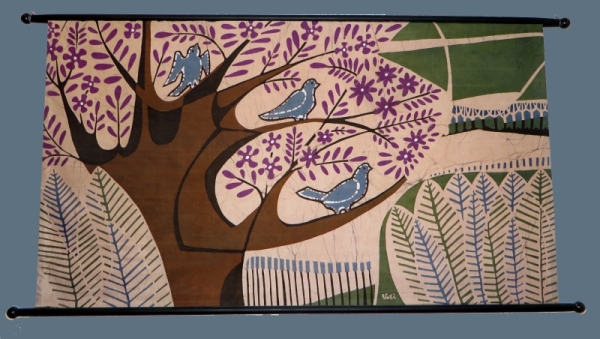
In spite of my wife’s courageous leap into the world of information technology, she has remained very critical of the many shortcomings of the new tools that our digital era has forced upon us. Would the archeologists a thousand years from now, so she often raises the question, ever be able to find out what lies hidden underneath the shiny layer of a CD or DVD disk. They might claim that the 21st century inhabitants had regressed to a form of sun worship, as it was practiced in ancient civilizations. Those glittering round objects could have been used to invoke the sun to provide more light for the planet darkened by pollution and nuclear fall-out. Having turned mellow after half a century of exposure to marital bliss, I found enough room in my heart to admit, although somewhat reluctantly, that my wife had raised a very important question whose relevance will become evident in the light of my own experiences with outdated technology.
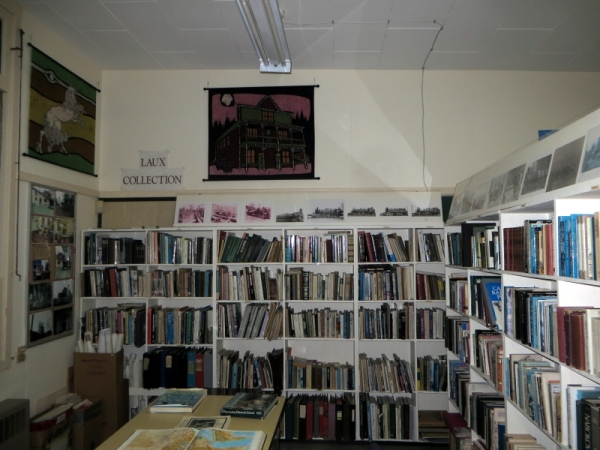
If you had read my previous posts on Bill Laux, the eccentric artist, who built his own castle at the shore of the Lower Arrow Lake, you would know that he was not only famous for his works in batik, but was also known as a writer and researcher of the early mining, logging, and transportation industries in the Pacific Northwest. When he passed away in December 2004, he bequeathed his entire collection of pictures, books, manuscripts, journals and sundry documents to the Fauquier Communication Center. There his work has found a permanent home and is waiting to be explored, evaluated and hopefully published on the Internet.
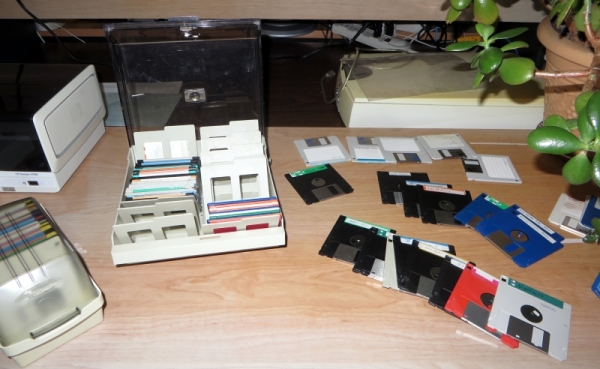
What really piqued my curiosity, were scores of floppy disks stashed away on the side shelves of the computer room of the Fauquier Communication Center. Their content had remained a deep mystery until very recently. On next week’s post I will share with you the immense difficulties I experienced in decoding the information from a storage device barely a quarter century old. What I found was a veritable treasure trove of Bill’s work, which would have been lost forever on the junk pile of modern civilization.
Finding the Drive to Unearth Bill’s Files
One evening last spring I spent some time at the Fauquier Communication Center. More precisely, I stood in awe at the section dedicated to the late writer and artist Bill Laux of Fauquier, BC. There in the archives I discovered a wealth of books from Bill’s private library, complete manuscripts of mostly unpublished plays, short stories, and even novels, research papers on the 19th century railroad and mining industries of the Pacific Northwest. As already mentioned in Part I of this series, what fascinated me the most were the many floppy disks that I had found on the side shelves of the archive. What mysterious files would they contain on those poorly labeled plastic squares?
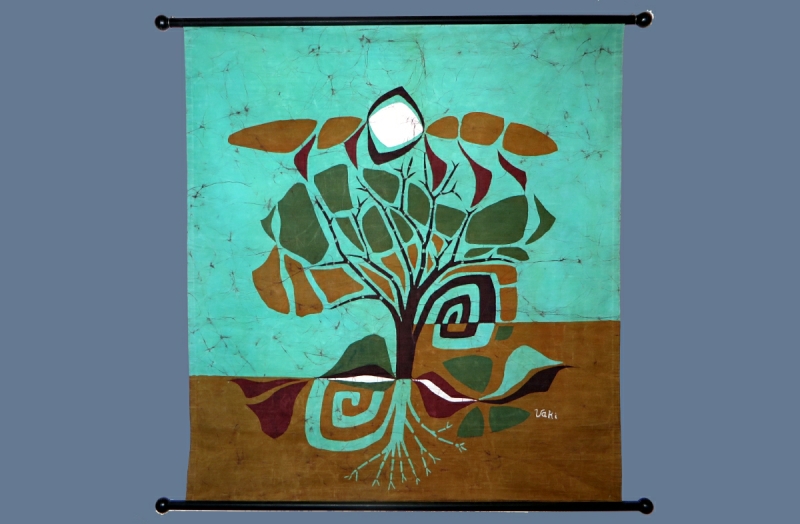
Batik by Bill Laux
The oldest working computer, which my wife once used, is a Toshiba laptop. Unfortunately, it does not have a floppy disk drive. Searching the world wide web, I found that there are two ways to get to the files locked away in outdated storage systems.
- 1) mail the disk to floppytransfer.com, a company in California, which downloads the files and transfers them onto a USB flashdrive. That would have been OK, if I had only a few disks to copy. But with such a great number to copy I rejected this option. It would have demanded an exorbitant price tag.
- 2) Buy an external drive that connects to a USB port on my computer.
Full of joyful anticipation, I ordered such a device from China for as little as 10 dollars shipping and handling included. Two weeks later the item arrived in the mail. Imagine my utter disappointment, when – no matter which of Bill’s disks I inserted into the machine – I got the same horrible message. ‘This disk must be formatted before it can be used.’could For those not familiar with technical jargon, formatting is the death sentence for any files residing on the disk. For they will permanently erased.
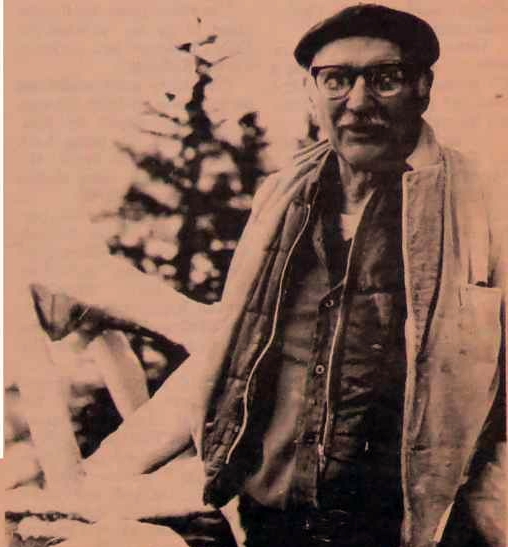
Artist, Writer, and Castle Builder Bill Laux
Starting a search on the Internet all over again, I stumbled on a great deal at amazon.ca (for our American neighbours I guess you could use amazon,com with similar results). I decided to give it one more shot and buy a floppy disk drive that came with the guarantee of being capable of reading all the files. After another anxiety ridden waiting period I experienced a most peculiar sequence of initial euphoria followed by a free fall into utter frustration.
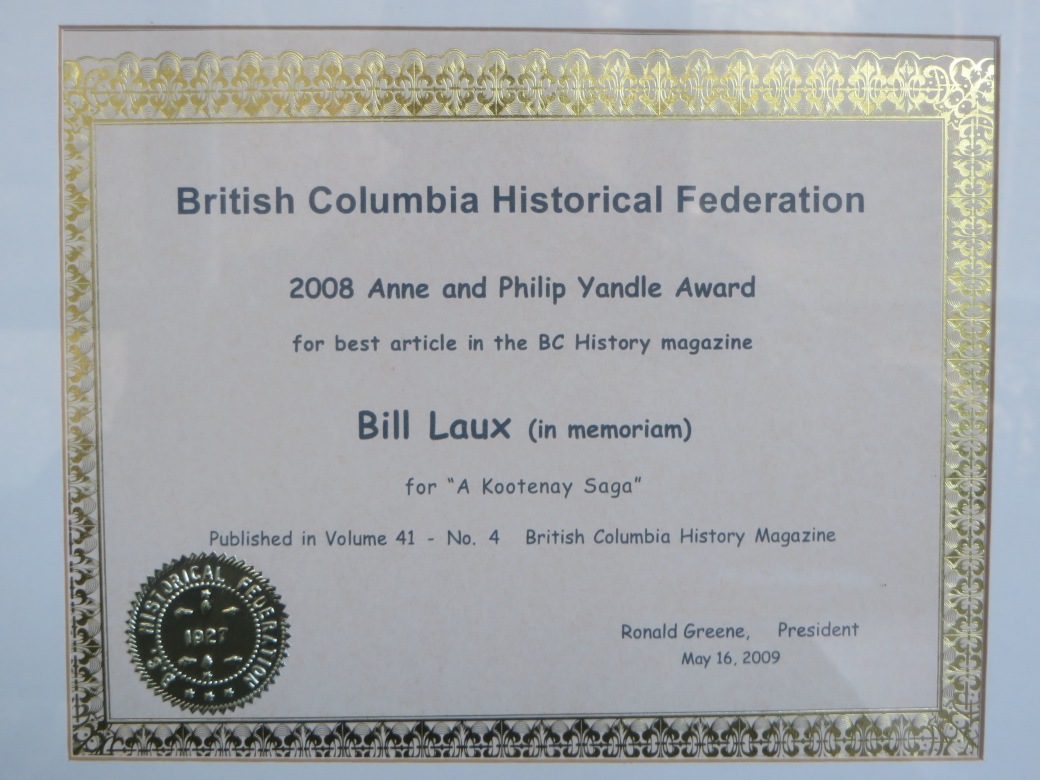
The Unholy Union of Success and Failure

The Unicorn by Batik Artist Bill Laux
The new external disk drive arrived. Hooray, it worked! I was able to retrieve one floppy after another. The feeling of success after such a long wait almost created a sense of euphoria. After checking some fifty disks with all those enticing file names, I came across only one disk that the floppy disk drive could not read. Some contained images, but most had text files all carefully numbered by chapters indicating that massive amounts of research were hidden on these archaic storage devices. That was exactly what I was hoping to find. I randomly picked one disk and transferred its content onto my harddrive. In our era abounding in giga- and terabytes, we easily forget the times when we had to struggle to make do with 3.5 kilobytes, with which the Vic-20, the dinosaur of ancient computer world, came so equipped. Still if the content was merely text and NOT the byte gobbling images and videos, then an entire novel of 800 pages would easily fit on a floppy disk.
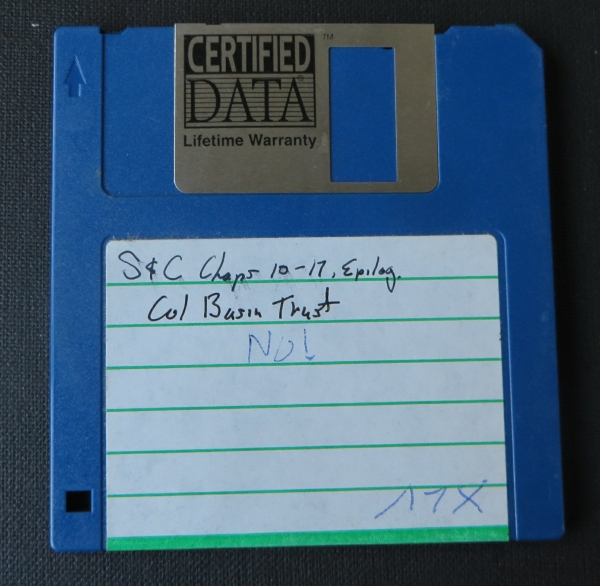
One of the Dozens of Floppy Disks with Bill Laux’s Writing
Now came that long expected moment to get a first look at Bill’s writing. From the first list of titles I could tell that their content dealt mostly with the political wrangling over the building of the great Canadian transcontinental railway, whose purpose was to unite the second largest country in the world.

Bill Laux Working on his Castle at the Arrow Lake in 1977
Full of anticipation, I double-clicked on chapter1.cwk. Like a lightning bolt out of the blue sky, I was struck by the ominous computer message on the screen, “Windows cannot open this file”. Upon further investigation, I discovered that the file extension cwk comes from the extinct word processor Clarisworks, which the Apple company had acquired in 1998, renamed it AppleWorks, but later on abandoned it after its final upgrade in 2004. Owning 4 different word processors, I was almost certain that at least one of them would be capable of decoding those archaic files. Having thus recovered from my disappointment, I loaded one text file into the queen of all word processors (of course, I am referring to Word by Microsoft). But its performance was a total disaster. All it could produce was a whole pile of gobbledygook on the screen. Similar results surfaced, when I tried the other three word processors. Great was my disappointment, but I was not yet ready to give up. How the story ends will be revealed in next week’s post on Bill Laux and his mysterious collection. So stay tuned.
Patience and Persistence Pave the Road to Success
The search was on for software that would convert Bill Laux’s ClarisWorks files into Word documents. For information I visited Apple and MS Word forums. Some offered very lame solutions: Load the file into word processor X, wade through the first 4 pages through a jungle of gibberish, delete it and you are left with just the text. I decided against this odd solution, which may be fine for just a few files, but with hundreds of files that would have turned into a nightmare.
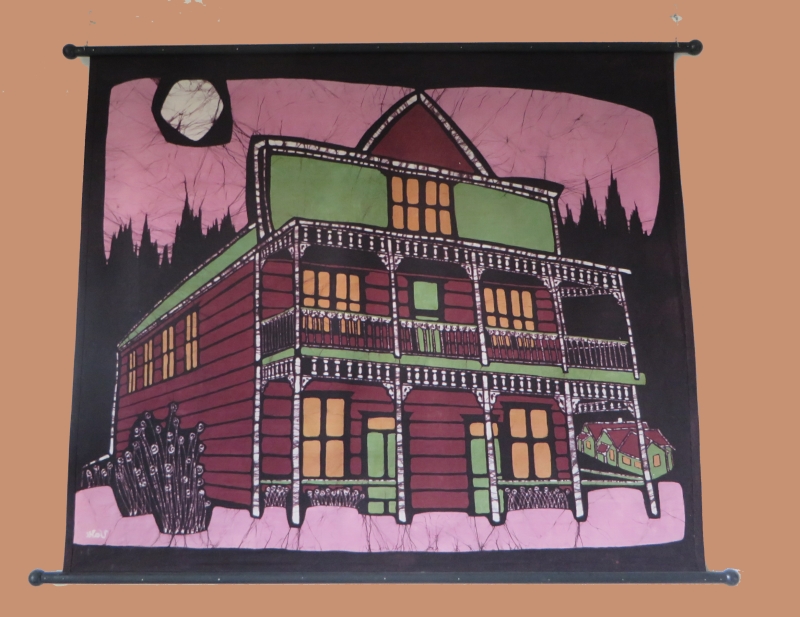
Batik by Artist Bill Laux
There were a lot of complaints against the Apple Company, which did not produce a single program that was backward compatible with their old product. But many forum contributors were also unhappy with MicroSoft Word not being able to read files with the cwk extension. In other words there was a real dearth of information on the Internet. Someone suggested downloading the open source software Abiword, whose claim to fame is that it can read all kinds of text files without any gibberish on the screen. I tried it with no success, but learned on the side that it is otherwise a very powerful word processor that can easily read and write Word document files. It is free and but accepts donations for further development.
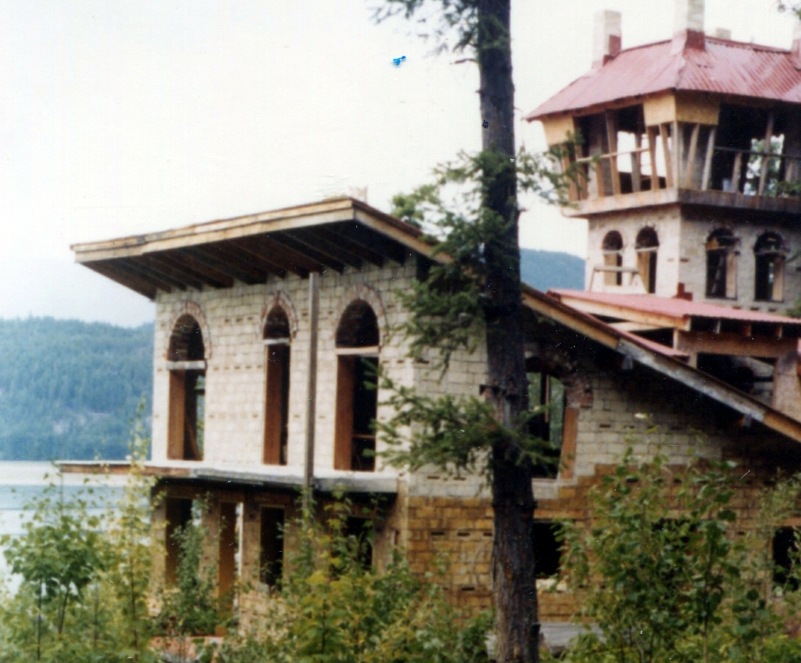
The Castle that Bill Laux built – Photo Taken in 1977
Then by mere luck – and we need it when we do work like this on the Internet – I stumbled across a comment made in a users forum to the effect that a program with the promising title docXConverter by Panergy might just do the trick. It was supposed be free. I eagerly downloaded the software and tried it out immediately. After the installation you simply drop the file into its window on the screen and voilà it works! Yet there was another fly in the ointment. After being mesmerized by the first couple of pages directly decoded and translated into Word format, I was confronted with another message, this time by the Panergy company to pay to get the full version. Being enticed to bite the bullet and pay the reasonable amount, I finally experienced the ultimate success in my quest to unearth Bill`s mystery files.
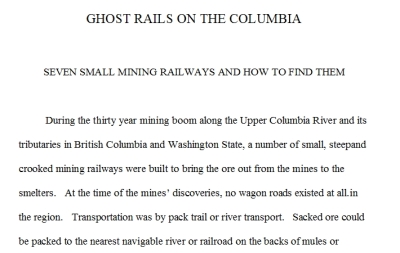
Tiny Portion of a Bill’s First Document Decoded and Revealed
So my plan for the New Year is to collect as many text files from Bill`s research and publish some on my blog, but also donate them to the Arrow Lakes Historical Society. Of course, I will do this on the shaky assumption that MS Word will be around for a few more years or with any luck even decades.
If you would like to read the previous posts on Breaking the Code, click on the following links (part I, part II, part III)
Richard (Dick) Horace Andrew Hall
A Call for Help by Guest Contributor Paul Loseby
My name is Paul Loseby and I live with my wife here in the middle of England. My wife Penny’s heritage takes her through Kent and her she came across something which really saddened her until she heard about Fauquier, BC.
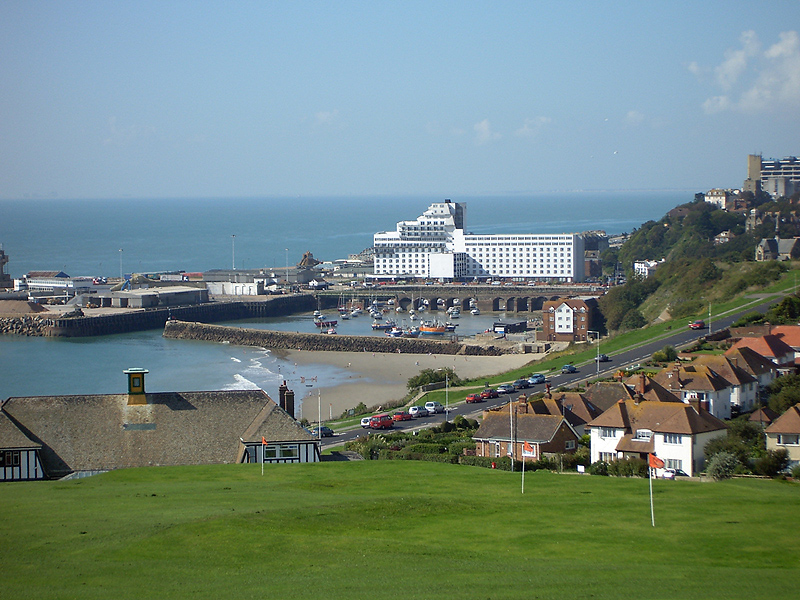
Modern Folkestone in Kent – Photo Credit: wikepedia.org
Penny’s grandmother married for a second time in 1946. Her new husband was a Richard Hall who had a son by a previous marriage. That son’s name was Richard (Dick) Horace Andrew Hall and he was born in 1914 in Folkestone in Kent. Throughout the early 1900’s, the Canadian government had been trying to get young men and women to migrate to work on farms or as domestic servants. Many youngsters went willingly but a great many, under the excuse of being unruly children or where their parents were suspected of being unable to bring them up properly, were just taken from their parents and put on a ship. This was contrary to the apparent aims of the people running the scheme – the British Immigration and Colonization Association. There were also many stores of the children being poorly treated and cared for in the new country. An uncertain future indeed.
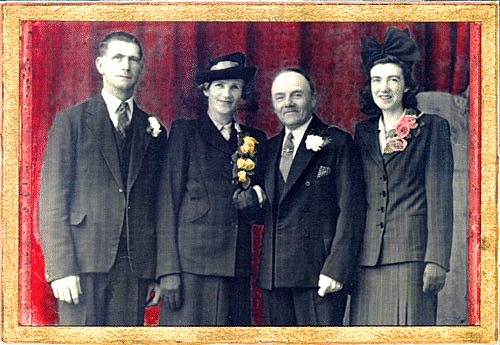
Dick’s Father with Second Wife Edith – Wedding Picture 1946
We don’t know whether Dick went willingly or not but on the 18th October 1928 with the equivalent of a couple of Canadian dollars in his pocket and the clothes he stood up in, he boarded the SS Montcalm in Liverpool. How could this be – a 14 year old child taken from his parents to start a new life alone? Dick was with a group of other minors under a scheme by the BICA whose headquarters were at 87, Osborne Street in Montreal. These premises were also a hostel for the boys where they waited to be distributed throughout Canada. They landed in Quebec on the 20th October.

Sadly not everyone fared well – some boys had committed suicide; not all were found homes and there had been a high failure rate. This led to the BICA being temporarily closed in 1925 so that their affairs could be put in shape.
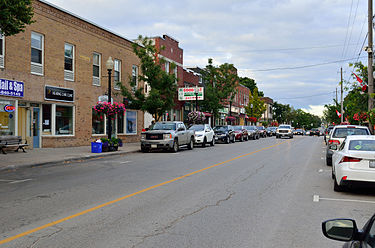
Today’s Main Street of Stouffville, Ontario
Dick it seems was one of the lucky ones who not only survived but thrived in his new country. Shortly after arriving, Dick was sent to Stouffville in Ontario. Here he began his work as a farmer’s hand. He was obviously paid well as within three years, he had earned enough money to return to England to see his parents and spend the 1931 Christmas with them. It was obviously his wish to return though as at the beginning of April 1932, he set sail, again on the SS Montcalm, for Halifax.
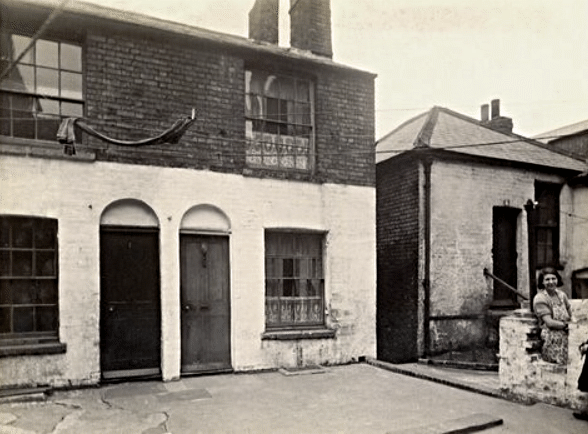
Home that the young boy Dick Hall left to go to Canada
Dick went straight back to Stouffville and then went to work on another farm owned by a William Hewlett. The following year, still working on the farms, he moved up to Winnipeg in Manitoba. There he worked for a Mr. Lindsay and was earning what would have been a lot of money in those days, $25 CA with his food and accommodation thrown in.
He then had the opportunity to move across to Lander, initially staying with relatives but within a few months, had moved up to the Bralorne mine where he worked for a couple of years. When Canada entered the war, Dick tried to enlist but was rejected on medical grounds. Not deterred and still wanting to help the war effort, Dick moved to the Vancouver Shipyards where he worked during the war.
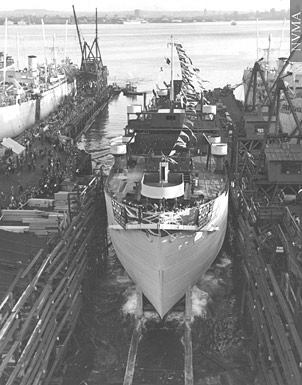
Vancouver Shipyards during WWII – Photo Credit: North Vancouver Museum and Archives
In 1943, he met and married Alice Gledhill of Aldergrove. He eventually left the shipyards and went to work for BC Electric for eight years before moving to Summerland. In 1951, he was in partnership with his brother in law Morely Austin, running a garage and grocery store in Needles. He stayed running the garage until just before Needles was flooded. In 1966, he moved to Trout Creek where he owned Trout Creek Shell but in September the following year, he died during heart surgery in Vancouver.
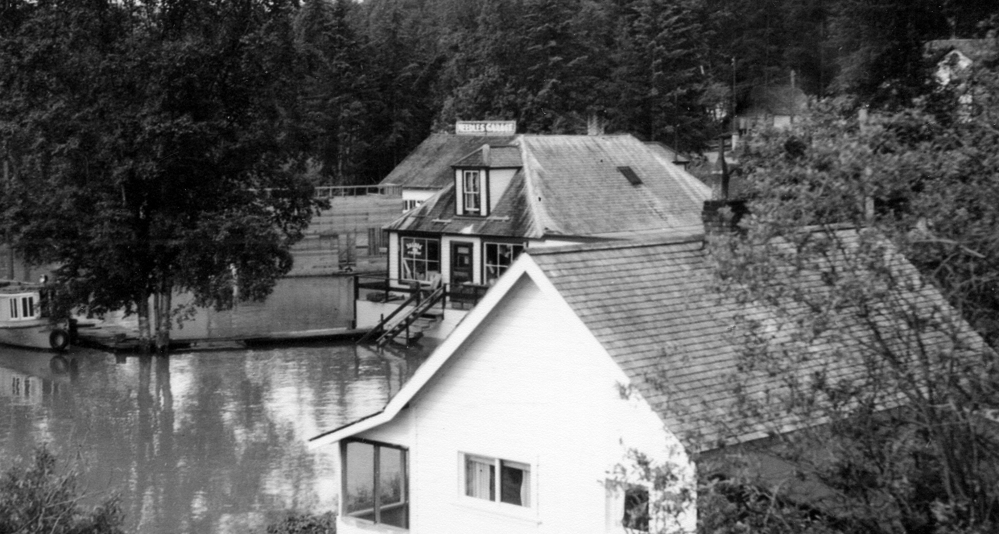
Needles across from Fauquier after Flood 1948
My wife and I met and married in 1968 and Penny’s granddad, Dick’s father used to tell us of how proud he was of his son and that he was living in Canada. He obviously never knew that Dick had died the previous year. We wouldn’t normally have pursued the family history of someone who was not a direct blood relative but we did know Dick’s father well and have many memories and photographs of him in his later years. As soon as Penny realized what had happened to ‘Canadian’ Dick, she was heartbroken and in tears. At that time, all we knew was that he had been put on a ship with just the clothes he stood up in and enough money for a drink on the way. How could they do that to him? We just didn’t know. Since then we have tried to find out more about Dick, not just for ourselves but in the hope that we could find Dick’s children, Gordon, Lois or Carol and give them some insight into their grandfather who they would have never known.
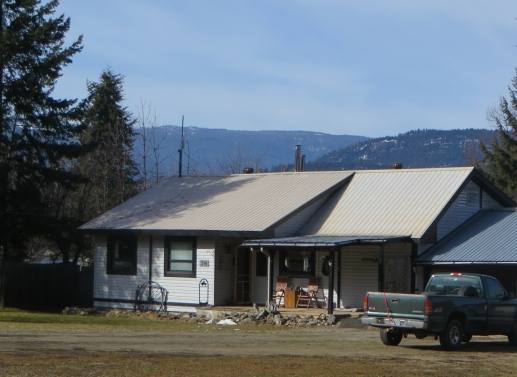
Dick Hall’s house that had been moved by barge to Fauquier
Canadian family history can be difficult with no records of births and marriages being readily available online so we have no idea whether ‘the children’ got married and had children of their own. It would appear that after Dick’s passing, Mary his wife, married someone called Jackson as Dick is buried with her in the beautiful Peach Orchard Cemetery.
Now, looking on the internet at the absolutely beautiful place you live in, perhaps we should have moved too. If anyone does have any information or photographs of Dick and his family, we would really love to hear from them. We can be contacted on our email pal@loseby.co.uk
Paul Loseby
Note by Peter Klopp: An alternative way of sending information via Paul’s email would be the comment section of this post. Thank you, Paul, for writing this touching story on a former resident of Needles, BC. I am confident that the Arrow Lakes Historical Society will add your report to their archives.
Note that the usual Klopp family post for Thursdays has been omitted and will resume next week with a new series on Anna Rosa Klopp.
Richard (Dick) Horace Andrew Hall
by Guest Contributor Paul Loseby
Click here to view the original post.
Thank you so much everyone, for all of your help. It is really appreciated. Actually since Peter put my message on the Guest page, I have been doing some more research and whilst I don’t think it was as bad for Dick, it was an absolutely horrendous time for many. These were the Home Children and it seems that 11% of Canadians are descendants of these children.
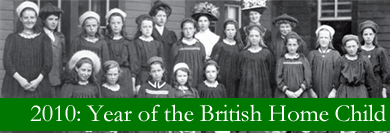
Photo Credit: reginalibrary.ca
I came across an absolutely riveting video on YouTube yesterday and we watched it last night. This is the link:
It seems that children as young as 6 were taken from their parents; frequently without their parents’ knowledge or consent, and shipped over to work as domestics or farm workers in Canada. The authorities would only let them know by sending a card after they were in their new country.

Photo Credit: web.ncf.ca
Between 1869 and 1939, over 100,000 children were taken from their homes and sent to Canada. More than that were sent to Australia and the British government didn’t stop doing that until the 1970’s. The children were considered waifs, orphans and strays. Many had parents who could no longer afford to feed them or take care of them.
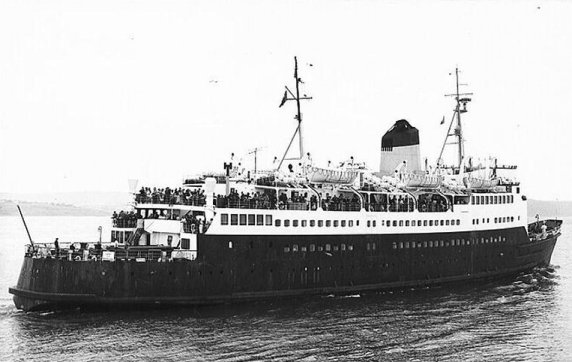
SS Sarnia 1892 – Photo Credit: bytown.net
Usually when the children reached Canada, they had a train ride of several days and eventually most were sent to help farm families with all of the work – even those as young as 6. Some children were accepted into the family and treated well, but many were treated very badly and some were treated like slaves.
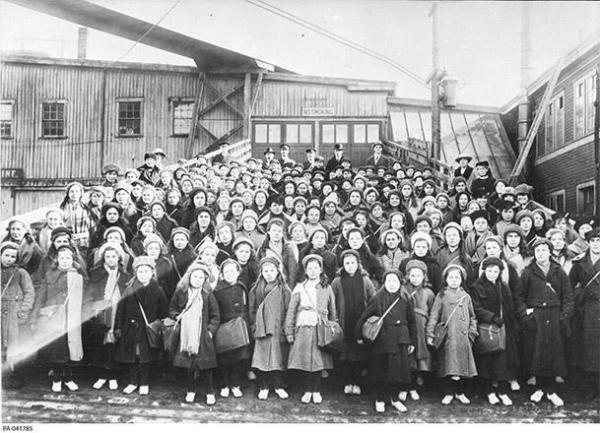
Home Children – Photo Credit: humanrights.ca
If you watch the 46 minute video, you at times have tears in your eyes – at the young lad whose home was a small wooden garden shed that he shared with the dog. He only got food if the dog left some. He was beaten daily as many were – often just because they were Home Children.
We think now that Dick Hall was one of the lucky ones. He stayed at William Hewlett’s farm in Stouffville for three years and then returned to the UK to spend Christmas with his parents. He then traveled back to Canada.
These children were given food and accommodation and a small amount of pay – but this money was not paid until they had finished their term on the farm or other place of work, when they were 18. So, it was just food, accommodation, hard work, possibly many beatings and they lost their childhood. You will see if you watch the film that when the children grew up, they had no emotions to show love to their own children.
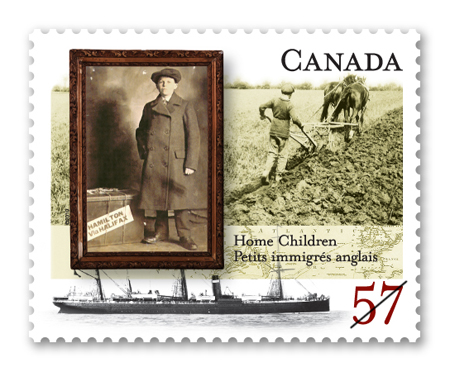
Home Children Stamp – Photo Credit: canadapost.ca
I really am grateful to all of you for the help that you have been giving me – particularly Peter. I have discovered things that I would never have known but some of those things, (not to do with Peter as he obviously moved to a Country and town where most would love to be including me) have shown us a great deal of sadness too.
I only found this YouTube video yesterday and it is a part of British and Canadian history. If you get a chance, it really is a ‘Must Watch’. The link again is:
https://www.youtube.com/watch?v=I-aDoWnK2Ic&feature=youtu.be
Kindest regards
Paul
Needles – a Town that is no More
The ferry at Fauquier is generally known as the Needles ferry. One may wonder why this is so. Before the valley was flooded for the BC Hydro project in 1967 there was Needles, a prosperous little town on the other side of the lake. Mrs. Annette Devlin describes the early beginning in a report with pictures, which with her kind permission I have taken from her own personal archive.
Why did many old timers always speak of Needles as “The Needles”? This was due to the long sand points that reached out into the lake. In the late 1800’s and early 1900’s there was a rapidly growing district surrounding the town site of ‘Needles’. Amongst the early settlers of Needles were Mr. & Mrs. Robert Shiell and brothers, Jim and George Shiell who arrived in 1900. They first lived in some of the early day miner’s buildings at the Monashee mines. In 1903 there were only four names on the voter’s list.
The settlers at that time working in the district had over 1500 acres of highly approved land cleared, cultivated and planted to orchards. Within a year’s time Needles became a large fruit-distributing centre. In one season there were over 3000 boxes, crates and trays of all kinds of the highest quality fruit sent to prairie markets. One of the most valuable additions to the town was the large packing house, which was completed in 1913. A government wharf was also built at that time. The first schoolhouse was built in 1908 and the first teacher was Mr. Freeman. The first post office was at Mr. J. Bang’s place in the Inonoaklin Valley (then Fire Valley) and was moved to the Shiell’s home in 1902.
In 1908 a general store was built by Mr. A.W.Lift. A hotel was built by Mr. G. Craft and was completed in 1923. Mail service was daily by C.P.R. boat.
Also, as the lake froze over in the winter, mail was transported by horse and sleigh from Burton over the ice.
Needles had also been a logging centre. In 1922, it had a large log flume for logs that ran for four miles from the Whatshan to the Arrow Lakes, at one place where it crossed the road it was 12 feet above.
Due to the flooding of the Arrow Reservoir the town site of Needles no longer exists. However, the properties both north and south above the high water line are still occupied.
As reported the first ferry to cross the Arrow Lakes between Needles and Fauquier was a 6 HP launch in 1919. In 1922, a raft towed by Mr. O.J.Aspinall’s rowboat was used. By 1924, hourly daily service was started by Mr. George Craft consisting of a boat for foot passengers and a raft for vehicles powered by a small boat called the “Kathleen.” In 1928, Claude Rollins was engaged to give better service with a larger boat. In 1931 a three-car ferry was installed. 1941 saw an eight-car cable ferry put into use. As the years went on, the increase in traffic warranted larger ferries and more hours of operation.
Log Ramp and Tree Stumps
The water level of the Arrow Lakes is always at its lowest at spring time to make room for the run-offs later in May and June. That is when the snow in the mountains begins to melt. If the season is accompanied by very warm weather and heavy long-lasting rains, then we can expect the rivers and creeks to turn into raging torrents causing wide-spread destruction. Before the lake was dammed up in 1967 and large tracts of fertile agricultural land were flooded, Fauquier’s prosperity relied primarily on the forest industry. It provided work and income for the local residents. In the 1940’s the area around the two branches of Pin Creek and Taite Creek formed the basis for a large logging operation employing many people. The loggers often lived in camps, as the distance was too large for the daily round trip to and from home. The cheapest way to ship the logs to the log mills was to haul them down to the lake, where they would roll down the log ramps into the water. Tug boats would then pull the log booms down to Castlegar for processing. This year the lake level was much lower than normal due to maintenance and repair of marinas, boat docks and other recreational facilities along the lake shore.
Today I went for a walk along the beach and took some pictures of one of the log ramps that is usually submerged as a result of the building of the Keenleyside Dam some 30 km south of Fauquier. The ramp and the tree stumps are now a relic of the past and stand in stark contrast of the natural beauty of the surrounding mountains, scenery and the beaches of the Arrow Lakes.
Is our Golf Course Slipping into the Lake?
Yesterday morning I listened to a CBC radio interview with our local fire chief John Banta. The topic was our golf course, one of the main recreational and scenic attractions of Fauquier. The ground facing the lake has been undergoing major shifts making some people believe that the entire golf course with that wonderful little clubhouse included will eventually slip into the lake. The gist of the conversation revealed that there are two opposite viewpoints on the nature of the upheaval of the grounds facing the lake to the north. While the CBC interviewer spoke of impending disaster, John pointed out that only two of the nine holes have been affected and that the club house in his opinion is quite safe in its present location.
Having also heard so many different opinions from friends and neighbors, I decided to investigate the problem area myself and attempted to provide evidence for or against CBC’s claim that before long the golf course, club house and all will eventually slip into the lake.
Here is what I discovered at the site and I use the pictures to support the evidence:
- Near the warning ribbon directly facing the lake there is an almost vertical drop-off of several meters.
- Facing northwest I noticed another drop-off not quite as frightening, but still dangerous enough to cause serious injury, should someone step over the edge. Again the angle with ground above and the ground below was nearly 90°.
- Making a big loop around the area I worked my way up to take a closer look from below. It was very clear that the ground has been in motion everywhere I looked.
- The entire surface area, however, no matter how big or small, revealed the same picture, not what one would expect a movement toward the lake, but rather sinking ground with a distinct vertical downward trend.
Thinking about a probable cause for this unusual phenomenon, I thought that there is only one plausible explanation. Not more than three weeks before this disturbing event we experienced a heavy snowfall followed by a two-week period of steady rain and unseasonably warm temperatures. The ground became saturated. The drainage ditches in town filled up to maximum capacity. But what was worse was the underground seepage that took place on a grand scale. The fine sand that is sandwiched between layers of clay was washed away leaving large underground cavities behind, over which the surface areas of the golf course near the lake collapsed. Of course, it did not help any that the lake is presently at its lowest level in years creating a huge imbalance of the entire shoreline.
I can only express my sincere hope that BC Hydro being in control of the lake level will generously chip in with sufficient funds to make the necessary repair possible. I felt a little bit more cheerful when at the end of my exploration of the damage I noticed two golfers testing their skills on the remaining 7 intact holes. Wow! What a sight in February!
Fish Enhancement Project on Heart Creek in Fauquier Gets Go-ahead
by Jan McMurray
Reprinted with kind permission by http://www.valleyvoice.ca
A project to eliminate a fish barrier at the mouth of Heart Creek in Fauquier is a go for this year. A large culvert will he replaced with a bridge, hopefully by the end of October.
“The fish want to go up that stream to spawn, but that culvert must be a six-foot jump,” said Hank Scown, president of the Nakusp Rod and Gun Club. “It’s an impossible height for those fish to leap up and get into the culvert.”
The Ministry of Transportation has partnered with the Nakusp Rod and Gun Club, the Fish and Wildlife Compensation Program, and the Department of Fisheries and Oceans through its Recreational Fisheries Conservation Partnership Program, to fund the project.
Scown says there are kokanee, Rainbow trout, and probably Dolly Varden that will spawn in Heart Creek once the culvert is replaced. “Every fish that spawns means potentially many fertilized eggs and more fish that enter the Arrow Lakes,” he said.
Phase two of the project, which Scown says will happen in the “not too distant future,” will see the removal of a second culvert further upstream, opening up an additional 1.2 kilometres of stream habitat for fish.’s
Scown says that if this project proves to be beneficial to fish, “perhaps other systems along the Arrow can be assisted in a similar way. If a creek can naturally produce fish, we should be allowing that to happen.”
He points out that human beings like to manage nature, but it’s been shown over and over that we can’t. “All spawning channels have proven that,” he said. “When things go bad, all your eggs are in one basket.”
Scown said the Nakusp Rod and Gun Club has been wanting to do something about the fish barriers on Heart Creek for a long time. He believes the culverts were installed back in the late 1960’s, when the highway was realigned to accommodate the flooding of the Arrow Lakes and the construction of the High Arrow Dam at Castlegar.
Let us hope that the Fish Enhancement Project will become reality at the Heart Creek in Fauquier, BC.
Fauquier Bridge Nearing Completion
Excerpt from the Arrow Lakes News
Reprinted with their Kind Permission
Illustrated by my own Photos
In a previous issue of Arrow Lakes News, it was stated that the collapse of the highway was not a technical issue.
“This is a Mother Nature issue, not a maintenance issue,” said Bart Chenuz, area manager for roads with the Ministry of Transport and Infrastructure.
Repairs couldn’t begin until ground had stopped moving. A geological technician had been keeping track of the site. As of March 1, the ground had stopped moving, and work could begin.
Construction on the bridge began in mid-July after the contract to build it was awarded to the company Neel-co in May of 2015.
Part of the reason the bridge is being worked on is because there was a barrier for fish spawning in the river. The barrier was the fact that the fish couldn’t access the upper part of the Creek. The increased length allowed Kokanee to spawn upstream of Highway 6 this year for the first time in 45 years.
Once completed, fish such as Kokanee, Rainbow Trout and Bull Trout will have better access to the lower part of the stream. The new clear span bridge will enable the habitat of the fish to be doubled.
The bridge is 18 metres long and almost 11 metres wide. It will feature steel H-piles with reinforced concrete abutments. H-Piles are dimensionally square structural beams that are driven in the ground for deep foundation applications.
The pilings are imbedded 23 metres into the ground. The bridge deck will be constructed of concrete with steel railings.
Precautions to protect the bridge have been taken if the road ever washes out again. The creek channel has been reinforced with rock in order to contain it within the existing channel.
Construction is scheduled to wrap up around mid-November.
A Wish Squashed Unexpectedly Granted
In 1976 our family moved to Fauquier, BC, at the beautiful Arrow Lake. Between our neighbor’s and our house grew a dozen or so young cedar trees. Nor more than five meters tall at the time they were just the right height to let the sun shine on our deck and provide the privacy Gertrud needed for taking a little break from the mounting duties in our seven-members’ household.
Inge, our neighbor, often came over for a visit and a cup of coffee. At one of those occasions she made the generous offer to have the cedar trees cut down to add more light to the south side of our house. However, we opted to maintain the fine balance between light and privacy and adamantly opposed the idea.
Ten years later we began to regret our decision as the cedars had almost doubled in height. Inge had moved to Vancouver and eventually sold the house to Dave, who although being a bachelor impressed us with his impeccably clean house and yard. He also loved the trees on his property, which, having turned into green giants, were preventing with their dense foliage the sun rays from reaching our home. We virtually lived in a shadowy world. I approached Dave a couple of times in an attempt to convince him to take out just a few of his beloved cedars. But he always gave me the negative reply. So at the end Gertrud and I gave up and resigned ourselves to the steadily growing darkness in and around our house.
Suddenly, Dave passed away one night of some undetermined illness and his brother sold his house to some friends in Calgary. Again we are very lucky in getting some very fine neighbors, who take good care of their yard. Even though Tony and Anne are using their property mostly as a summer residence, they often travel the 600 km or more to keep their land attractive and in top shape. For them work appears to be recreation. First they built a storage shed, then they solved their drainage problem by building a massive retaining wall and then after their trailer showed some water damage, they decided to build a garage.
By now, you must be wondering what I am driving at with my strange post. Perhaps you think that Peter got ‘off the rail’ with his theme “Irony of Life”, but read on and look at the photo gallery below. You guessed it. To build a garage between their house and ours more than half of the cedar trees had to be removed.
After only three days, for the first time in 30 years, precious sunlight was flooding bedroom, bathroom, and the mobile home living room and office. This is the irony of life. After you have given up on whatever your desire used to be, no matter how intense and urgent, you see its fulfillment, when you least expect it.
Now we feel a new conflict in our hearts. Yes, we need and love sunshine. But we also love trees and know their value for our environment.For that reason we also feel a little bit saddened by the loss of those mighty trees.
Lucia Mann – Local Author and Activist
Courage and Commitment in the Face of Modern Day Slavery
Every once in a while on my blog I introduce a past or present resident of Fauquier and area, who have made a significant contribution to our community. There was the colorful personality of Mr. Fauquier, whose name our small village now bears. Then there was Bill Laux, the eccentric artist and castle builder.
Today I would like to introduce you to the illustrious writer, novelist and activist Lucia Mann. It is my hope that this post will help spread her ideas about social justice and increase awareness about modern-day slavery. I am republishing with her kind permission the page about the author, which can be found at http://www.luciamann.com.
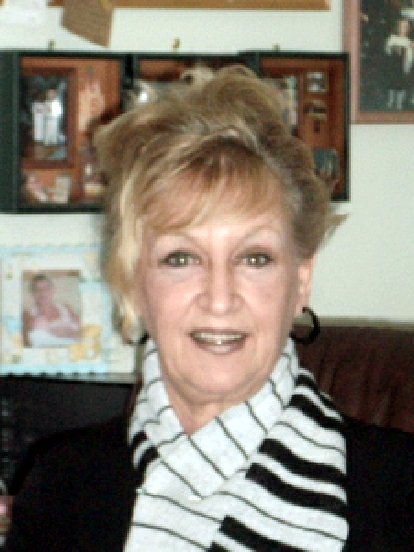
Lucia Man is Sicilian-bred, born in British Colonial South Africa in the wake of WWII. She is a citizen of Britain and Canada who recently applied for a U.S. Green Card because she believes she is an American at heart. She was educated in London, England and retired from freelance journalism in 1998. After suffering from racial prejudice most of her early life because she was part Italian and part South African, she saw and felt firsthand the pain and suffering of those who were thought to be inferior because of the color of their skin. Her mission is to end prejudice and slavery now and in the future.
A woman was recently sentenced to 140 months in prison after using two Nigerian immigrants as personal unpaid servants in her luxury home in Atlanta, Georgia. A few days later, two Ukrainian brothers were convicted of smuggling desperate villagers into the United States to work long hours, cleaning retail stores and office buildings at little or no pay. The prosecuting U.S. attorney in Philadelphia, Daniel Velez, said it was “modern-day slavery. It’s hiding in plain sight.”
However, according to a woman who lived through the racial prejudice, segregation and slavery in post-World War II Europe, the slavery crisis in the modern world is far greater than that.
“Anyone who thinks slavery died when America abolished it in the 1800s has a shock coming to them,” said Lucia Mann, whose mother was a sex slave and a WWII concentration camp survivor. Mann, a former journalist and author of “RENTED SILENCE” (www.rentedsilence.com), a novel about slavery and racial prejudice based on her life experiences and those of other persecuted souls she witnessed says, “According to the United Nations, there are more than 27 million slaves worldwide, which are more than twice the number of those who were enslaved over the 400 years that transatlantic slavers trafficked humans to work in the Americas. Many are forced into prostitution while others are used as unpaid laborers used to manufacture goods many of us buy in the U.S. In fact, it’s almost impossible to buy clothes or goods anymore without inadvertently supporting the slave trade.”
Mann said that the crisis extends far greater than in the African and Asian nations typically associated with slavery or indentured servitude.
“After the hurricane in Haiti, the economy was so devastated, with as many as 3,000 people sold into slavery right there in their own country,” she added. “It affects all racial groups and slaves come from every single continent on the planet. The irony is that there are more slaves now that slavery is illegal than there were when it was a legal part of international commerce. Moreover, because of its illegal nature, it’s practically impossible to track and contain. It’s not a matter of how to stop it. It’s a matter of how we even begin to address it.”
One of the reasons Mann wrote her book was to establish an awareness of the problem, so that people could have a frame of reference for action.
“The wrongs of the past as well as the present must continue to be exposed so that they can be righted in the present and future,” Mann added. “This means educating society about evil and injustice and motivating them to take steps to ease others’ pain and anguish. The key is to get people aware of it, and then let them know what they can do to end the practice. In America, the first thing we need to do is address our own consumer habits. To help, the United Nations has created an online and mobile phone application to help people track if what they buy is supporting slavers.”
Mann said the awareness and concern of the American people are the first steps to ending slavery around the world.
“If there is no money to be made from enslaving people, it will end,” she said. “Many innocent people become the victims of viciousness or the prey of prejudice. While fear and anger are filling the cells and souls of innocents, the rest of us can bolster their spirits and lighten their load by having the guts to fight their fight and the heart to bring hope to humanity. Courage and commitment are powerful weapons, and we should not hesitate to use them against the dishonorable people of the world”
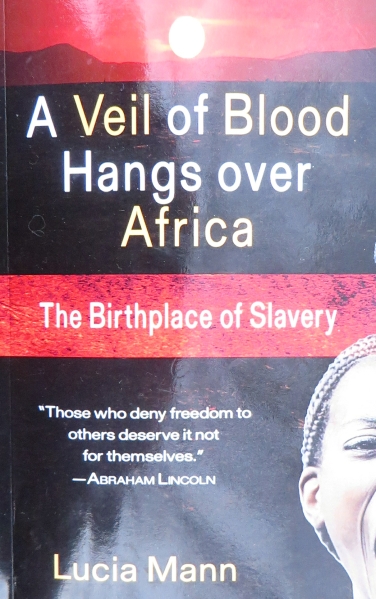
My wife is presently reading this book, which is available online and at the Home Hardware store at Nakusp.
Rented Silence: Chilling Historical Novel Exposes South Africa’s Deplorable Crimes Against Humanity, as Mother Buries Newborn Daughters Alive…
Masterfully crafted by Lucia Mann, ‘Rented Silence’ calls on actual events from WWII to the present day, to expose the unconscionable crimes committed in South Africa both during and after British Colonial rule. Readers join a mother who is at her wit’s end, choosing to bury her two tiny daughters alive to spare them the torment of a life in the sex trade. But one of them is saved, afforded a short idyllic existence before she is captured; the very crime her mother intended to prevent. This is her story, fusing fact and fiction in a narrative critics have said will “…make you view your life with a new-found sense of gratitude”.

Bakersfield, CA – When South Africa’s National Party toppled in 1994 and apartheid came to an apparent end, the nation slowly began to carve out a new reputation to make it a major player on the global stage. However social activists such as Lucia Mann, who was born in British Colonial South Africa just after WWII, know that the country still has many deplorable acts to answer for.
In her latest, revised-edition novel, ‘Rented Silence’, Mann takes readers on a journey spanning seven decades, into the gut-wrenching story of a mother’s unconditional love, the unlikely survival of one of her daughters and a shocking exposé’ of South Africa’s very real human trafficking epidemic.

Author and Social Activist Lucia Mann
Synopsis:
From the “African Freedom Series”
TWO TINY NEWBORNS WERE BURIED ALIVE IN A COMPOST PIT, covered with corn husks and left to die. A hungry wild dog, saliva flowing, stood impatiently over the mound. As it started to dig out its prey, an escaped slave whooshed it away. Drawn by the sound of a weak human cry, the runaway cautiously approached the mournful whimper. What could provoke a new mother to bury her twin babies alive? A will to protect her children from the inescapable pain and horror of becoming chattel to an evil South African plantation owner.
Experience post-WWII Africa through the eyes of characters who unearth the painful secrets of those times:
- – Shiya, a white newborn rescued from an intended grave, who lives five idyllic years in the bush before she is captured, tormented, and eventually freed.
- – Anele, the black runaway slave who saves Shiya’s life and suffers the consequences for the rest of her days.
- – Alan Hallworthy, the wealthy, cruel plantation owner who lusts for the bodies of young girls, even that of his own five-year-old daughter.
- – Brianna, Shiya’s modern-day daughter who is mystified by her mother’s secrets and never stops trying to reveal the truth.
Lucia Mann’s story exposes South Africa’s crimes against humanity during and after British colonial rule. It takes you through a roller coaster of emotions as it describes South Africa from post-WWII to the modern day.
“The point of this story is to raise alarms about modern-day slavery, a problem many people think has somehow been abolished, and to do it through a story that captivates its readers by fusing real-world grit with an engrossing fictional narrative,” explains Mann, Founder of The Modern Day Slavery Reporting Center. “It’s vital to understand that unconscionable crimes against humanity still take place daily, and that it’s not a new problem.”
Continuing, “That’s why I have written a story that spans from British Colonial South Africa right up to the present day. I’ll admit that it’s an uncomfortable read in places, but a story that needs to be told so that we can start to acknowledge and take action on an epidemic that is only going to grow with time.”
Since its release, readers have come out in force with rave reviews. For example, one Amazon customer comments, “Without wishing to give anything away let me simply say what an awesome read this book is. The fact that it is based on true events makes it the more remarkable. If you like a book that is both compelling and heart wrenching then this is for you. A wonderful piece of work from a very gifted author. It’ll make you view your life with a new-found sense of gratitude. Highly recommended.”
‘Rented Silence’ ISBN: 9780979480591 is available now: http://www.amazon.com www.amazon.ca or directly from author.
The above released book is not to be mistaken for a copy by PublishAmerica/StarBooks ISBN 9781462629428 who have no legal copyright.
For more information, visit the author’s official website: http://www.luciamann.com.
About the Author:
Lucia Mann is a former British journalist and author of the two sequels in the African-set Freedom novels devoted to slavery and racial prejudice: Africa’s Unfinished Symphony (Indie Excellence winner), and A Veil of Blood Hangs over Africa.
Born in British Colonial South Africa in the wake of WWII, Mann saw and felt firsthand the pain and suffering of those who were heinously treated because of the color of their skin. She currently resides in British Columbia, Canada, where she is fine tuning her next novel: The Sicilian Veil.
Visit Lucia Mann on-line at www.luciamann.com.
Lucia Mann is also the founder of The Modern Day Slavery Reporting Center at www.reportmdsrc.org.
Contact: Lucia Mann / authorluciamann@vahoo.com / (250) 269-7280
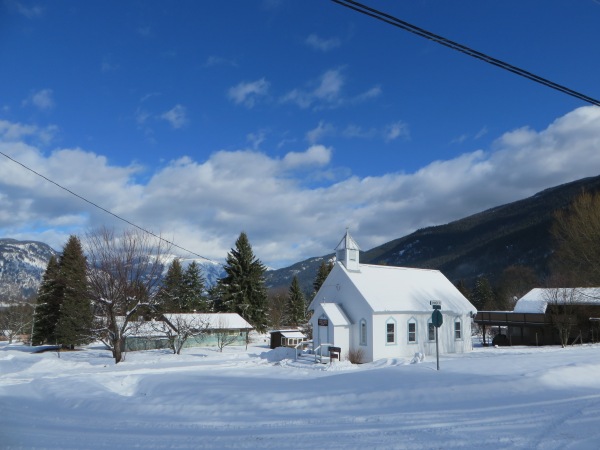





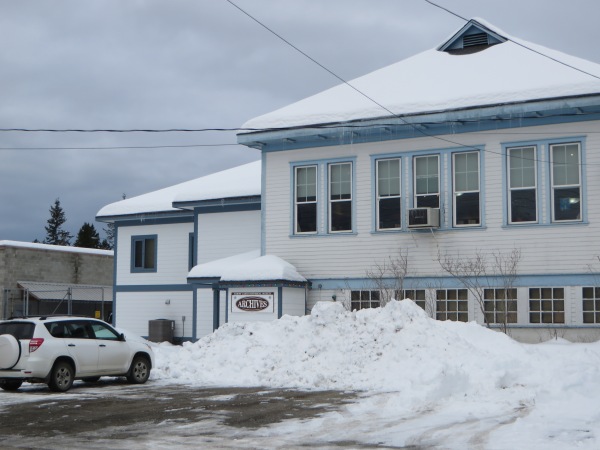
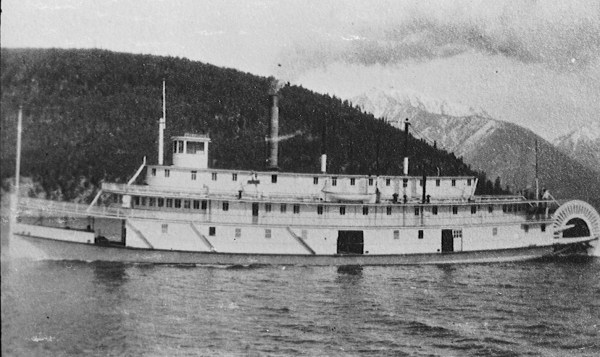
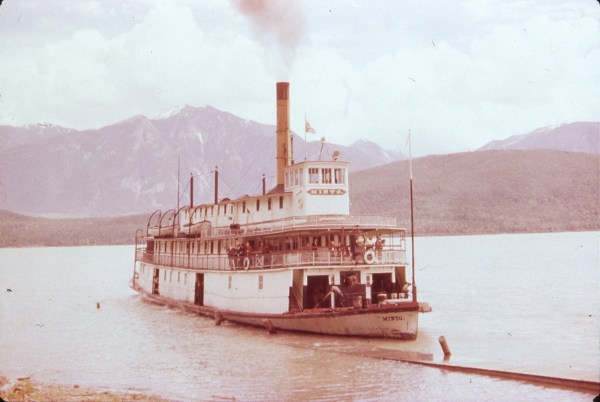
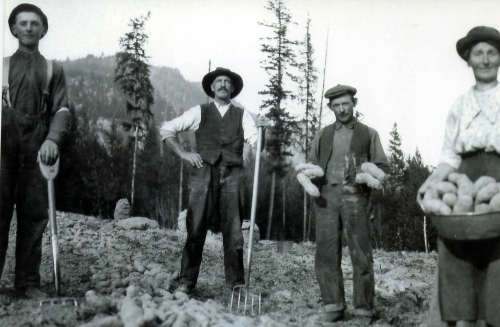
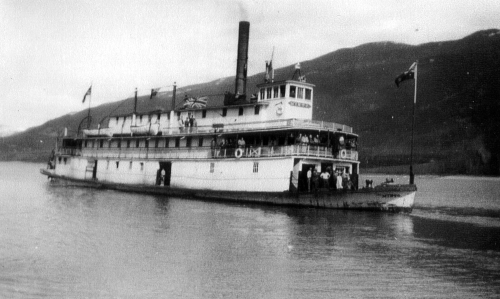
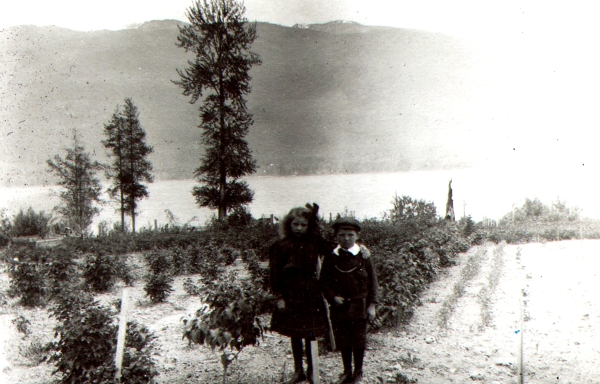
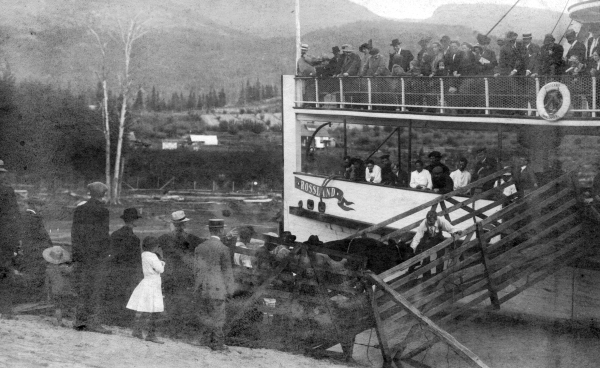
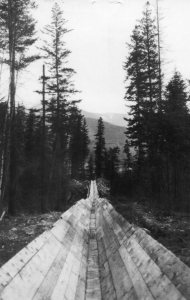

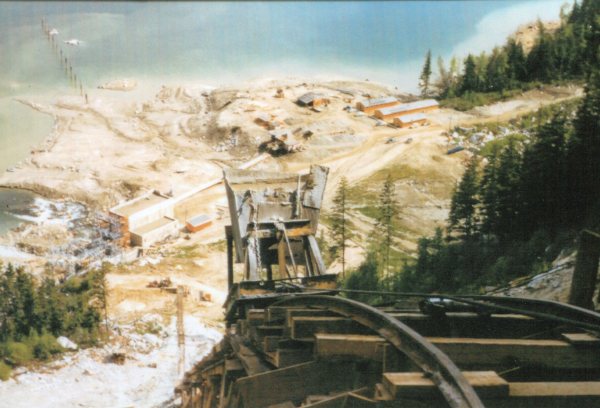


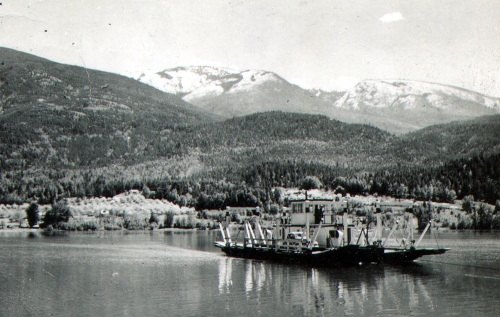
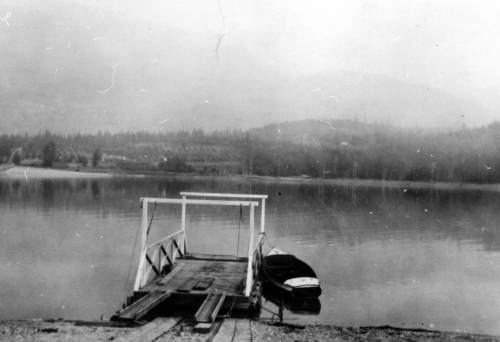
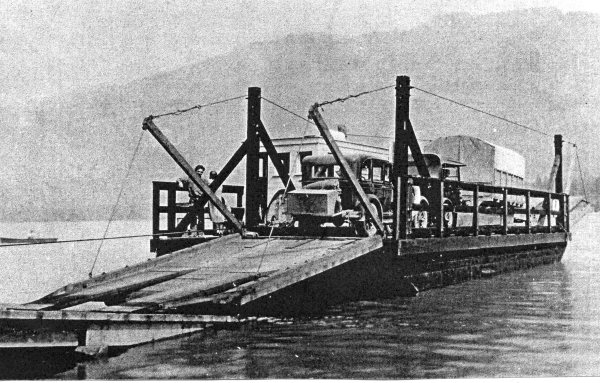
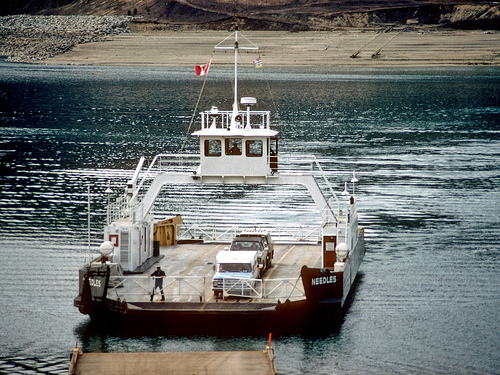
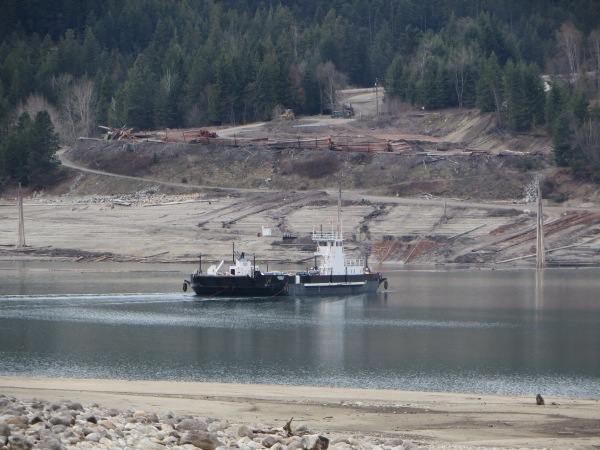
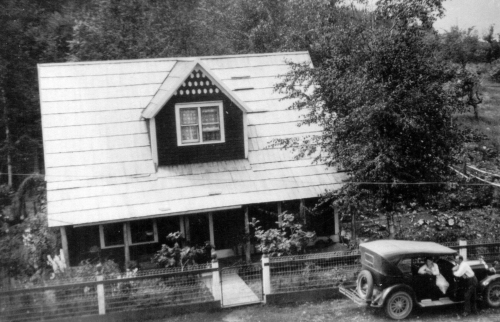
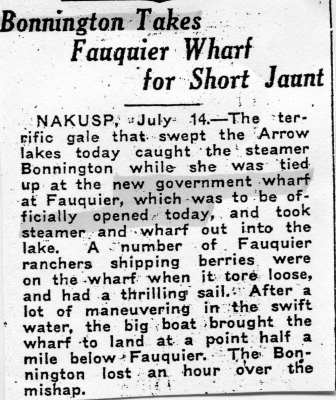
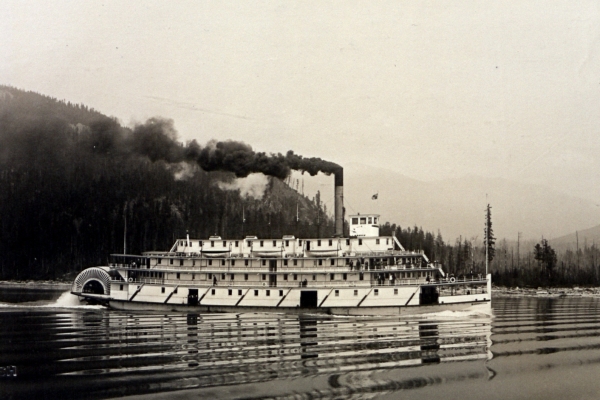
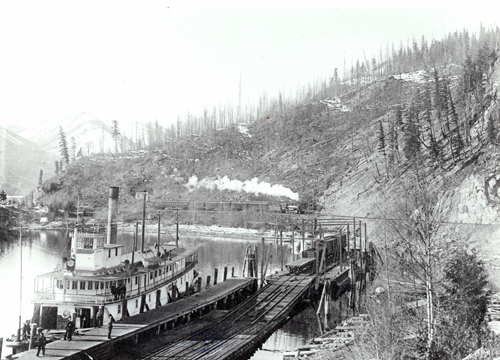
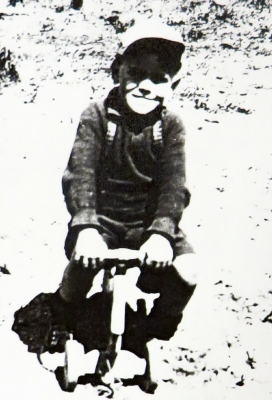
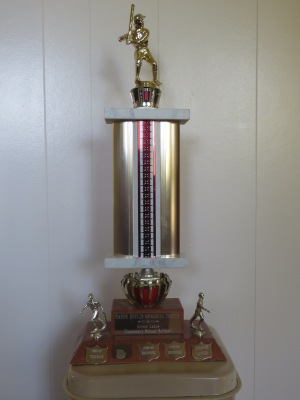
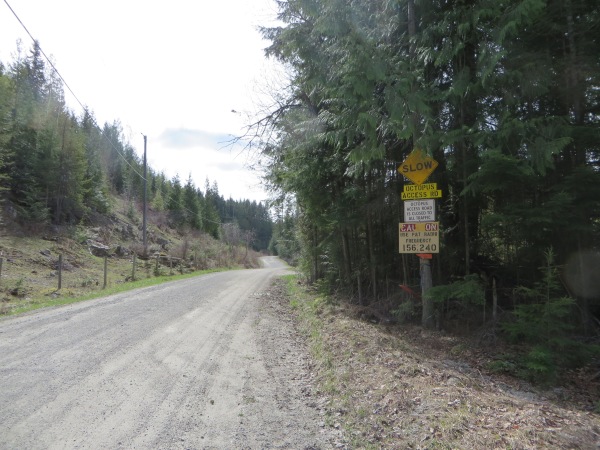
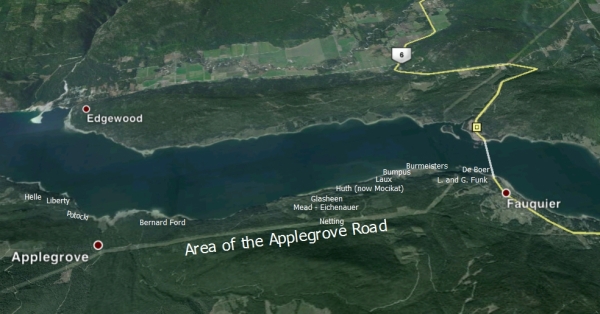

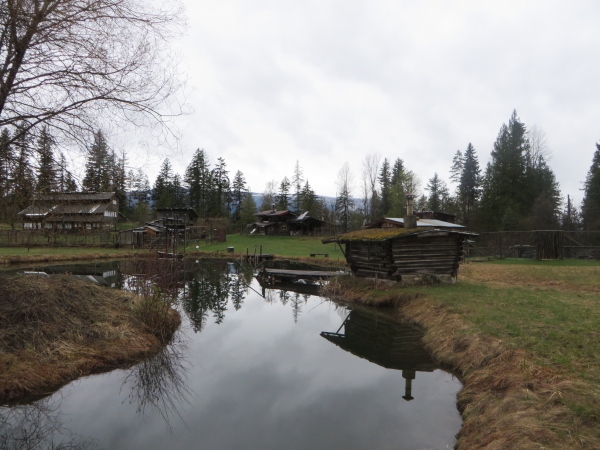
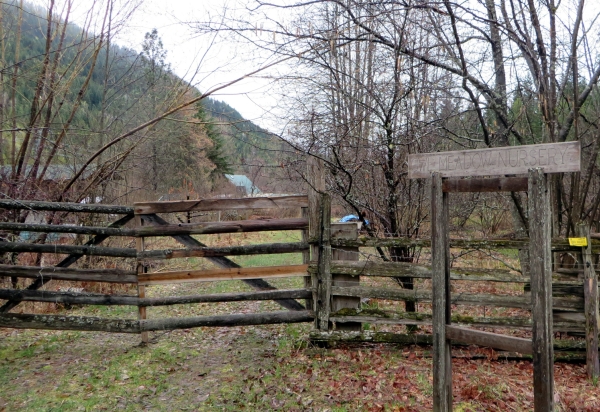
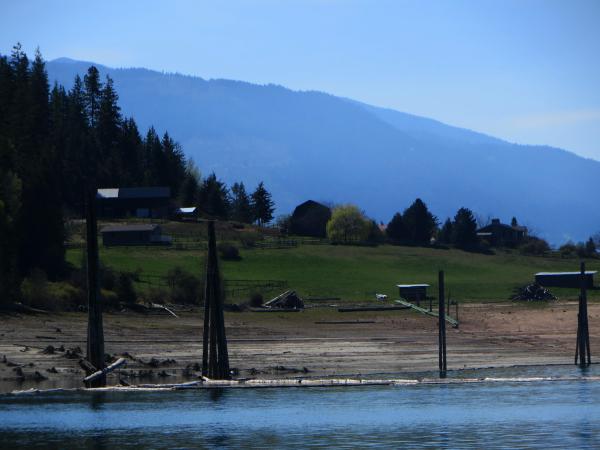
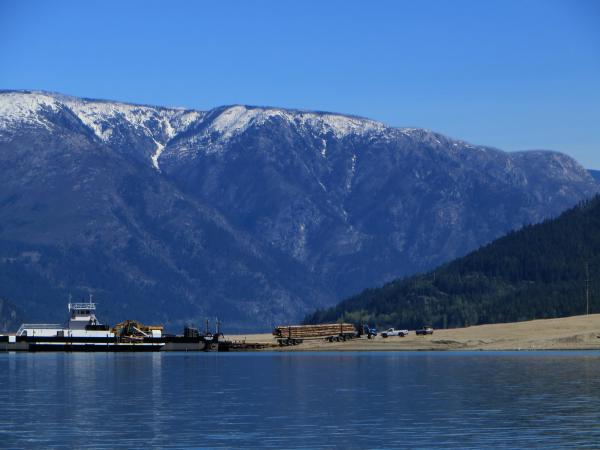

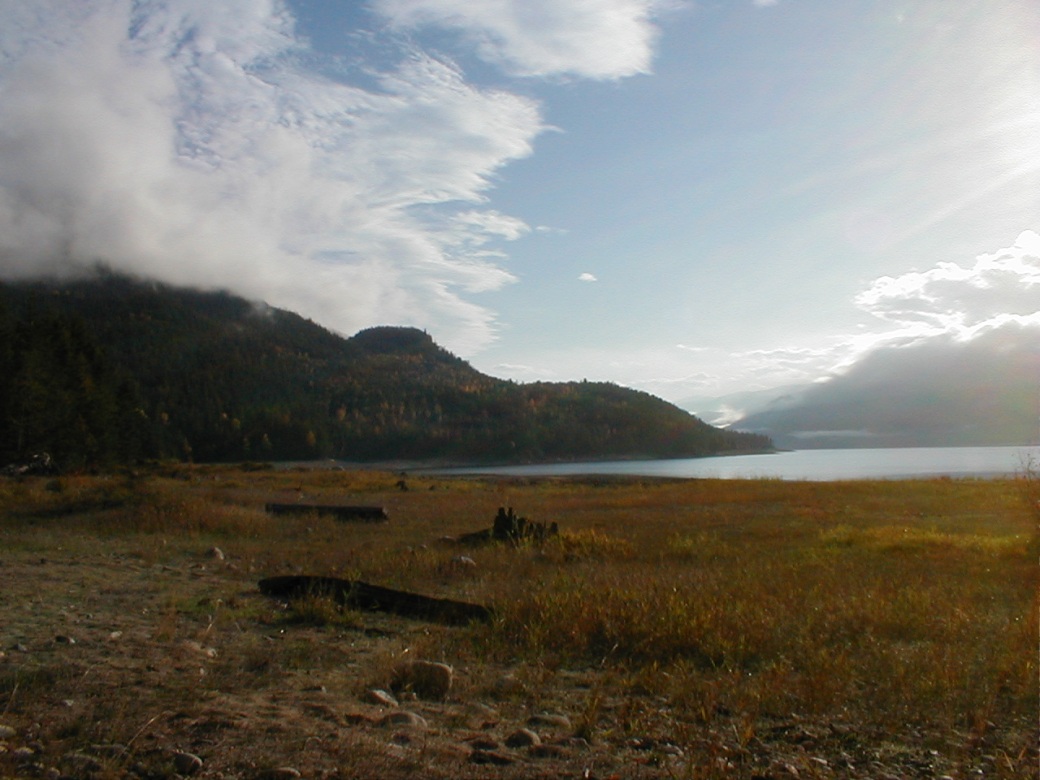
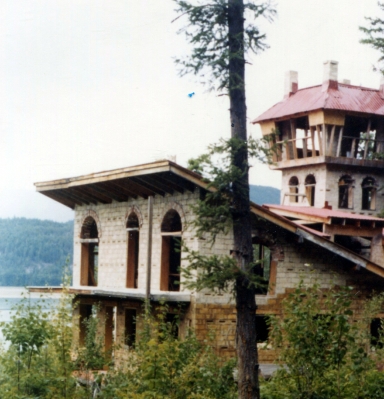
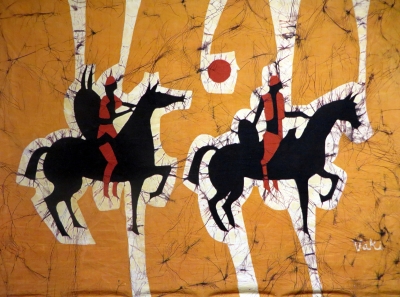
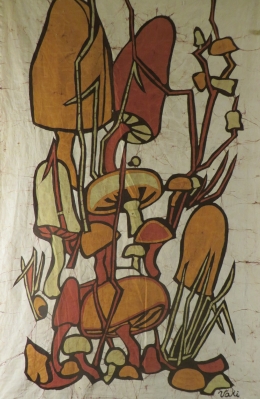
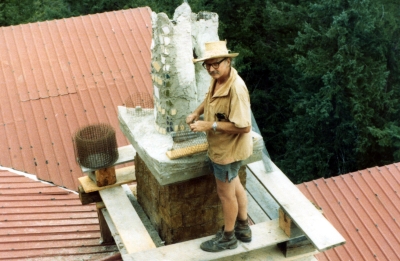
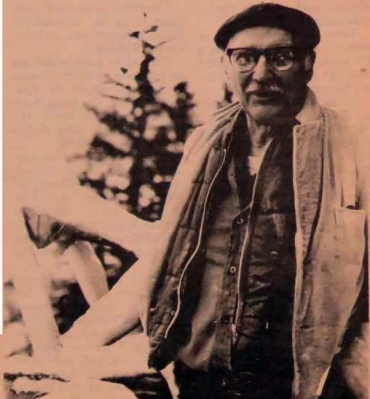
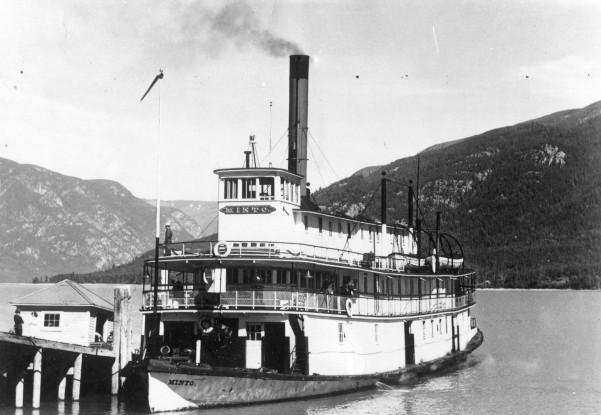
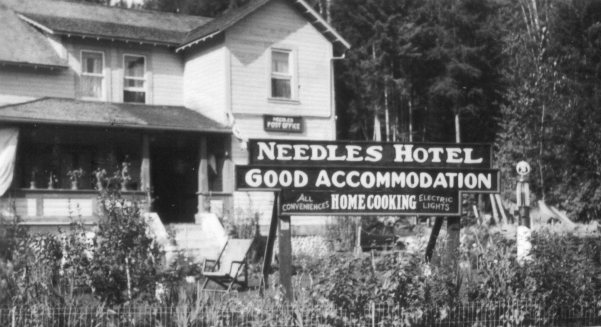
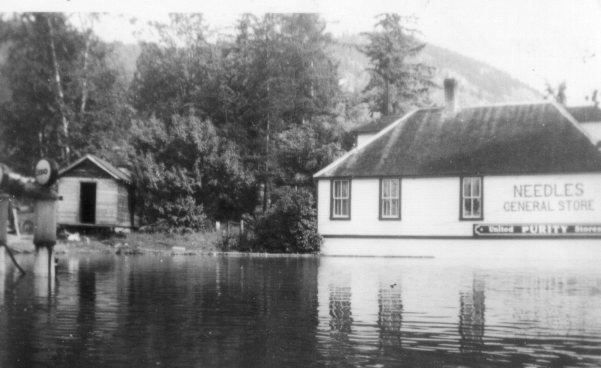
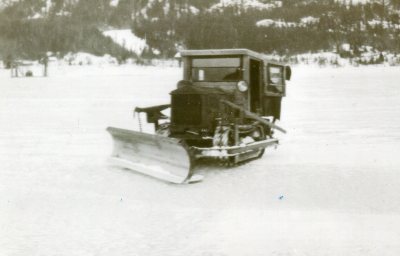
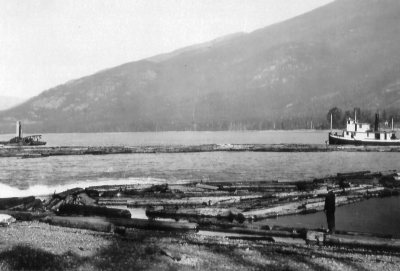
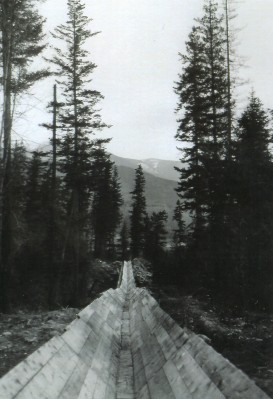

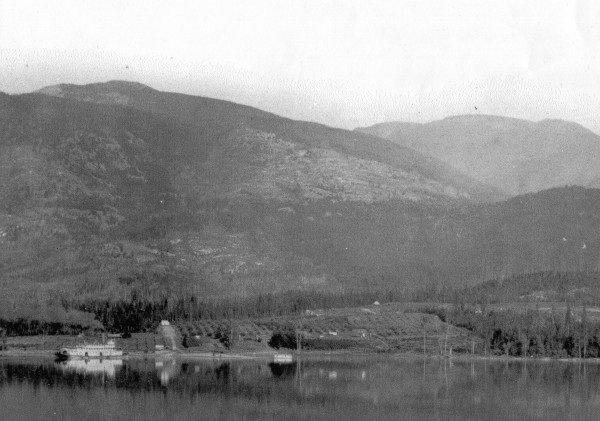



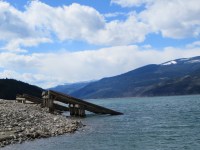
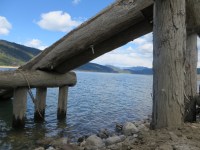







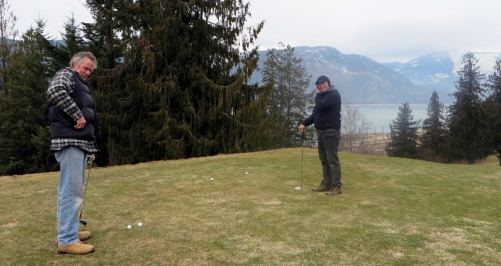
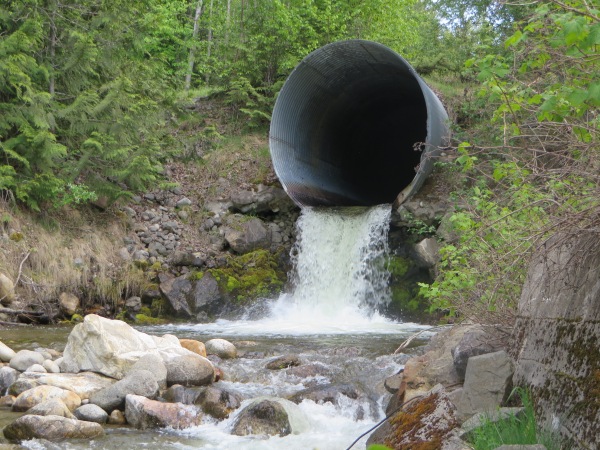
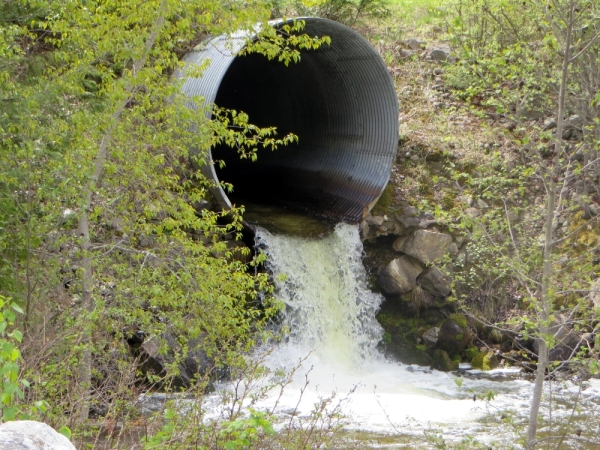
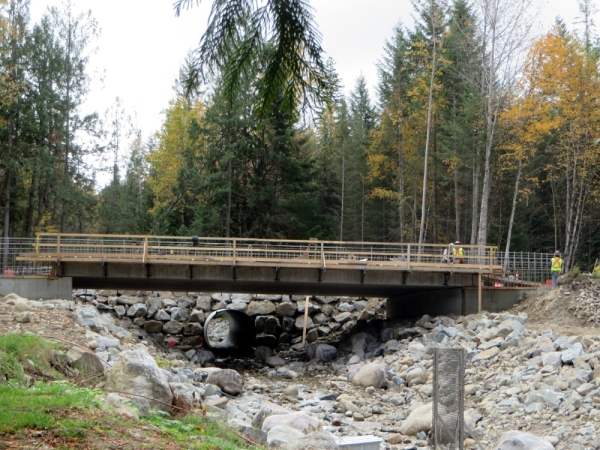
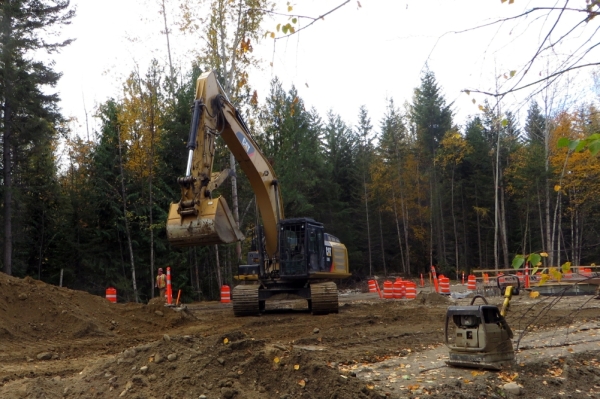

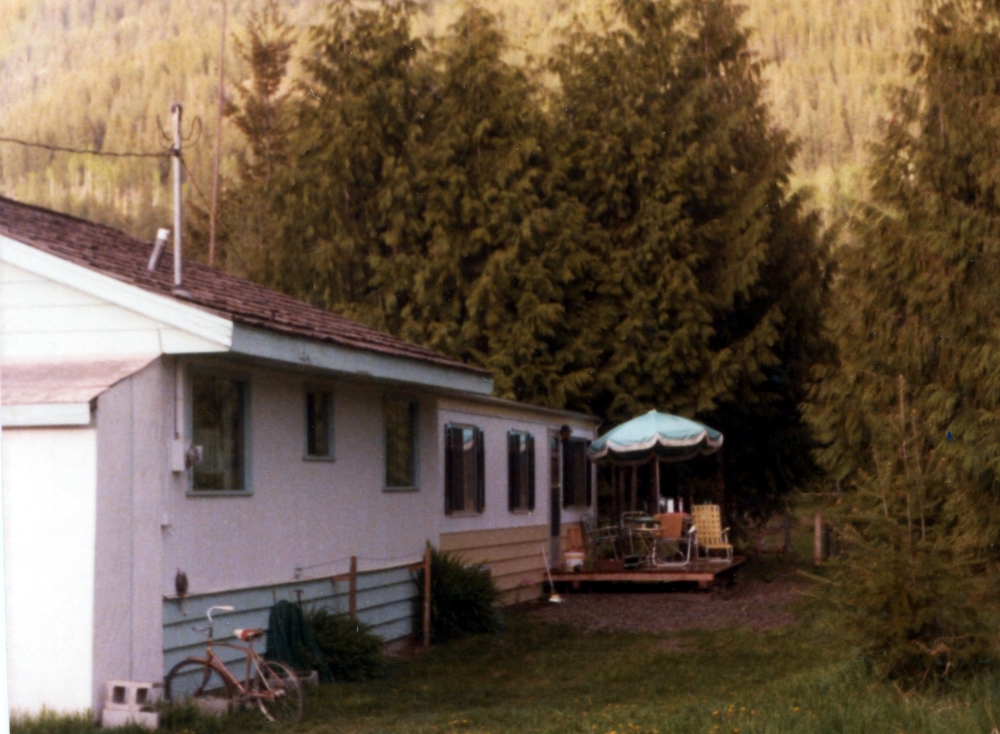
You would seem to be the perfect family to ask. My wife’s grandfather (in the UK) had a son who in 1928 was shipped out to Canada at the age of 14 to start a new life. He ended up in Needles / Fauquier before dying in 1967 down in Summerlands. His name was Richard Horace Andrew Hall. He had a wife Mary Alice and three children Gordon, Lois and Carol. I am trying to find out more about them and if possible get in touch with the children as we have photographs and details of their grandfather who they would never have known. If you don’t know where they are, do you by any chance have any photographs of their store or garage? I understand they were there for 15 years or so. If you could help, we would be really grateful. Kindest regards Paul (Loseby) in Littlethorpe, Leicester UK (and I wished it looked a tiny bit as nice as Needles and Fauquier). I am on Facebook and Ancestry if you want to have a look
LikeLiked by 1 person
There are quite a few people by the name of Hall. Let me check into it. When I have a lead into the mystery, I will contact you via Facebook. In the meantime you can look me up on Facebook.
Kindest regards! Peter
LikeLike
Thank you Peter. That is absolutely fantastic. His obituary said he had a garage in Fauquier for about 15 years until about 1966. Voters lists show him in the early 60’s in Needles and apparently, he left a son Gordon Hall in Burton. Again many, many thanks. Kindest regards. Paul
LikeLiked by 1 person
In my email I forgot to mention that my neighbor said that their house after the flooding in 1967/68 Richard’s house was moved across the lake and set up here in Fauquier. I know where the house is located. If you like a photo I could send you one by email.
LikeLike
Thank You for this great post. Landscapes are gorgeous, but I enjoyed very much seeing old photos telling history.
LikeLiked by 1 person
Thank you for the great compliment, Sartenada!
LikeLike
Peter, with such a rich background from which to draw and your ease with the written word, I understand how ham radio lost out to blogging. You have found your mission, my friend.
I’m the caregiver of my wife of 57 years. She suffers with Alzheimer’s. I hang in there for those shining moments that come now and then.
LikeLiked by 1 person
Scott, I am very sorry to hear about your wife’s struggle with that dreadful disease. Let your love shine in her darkness for as long as you can bear. This is my most sincere wish for you tonight, Scott.
LikeLike
Thank you, Peter.
LikeLiked by 1 person